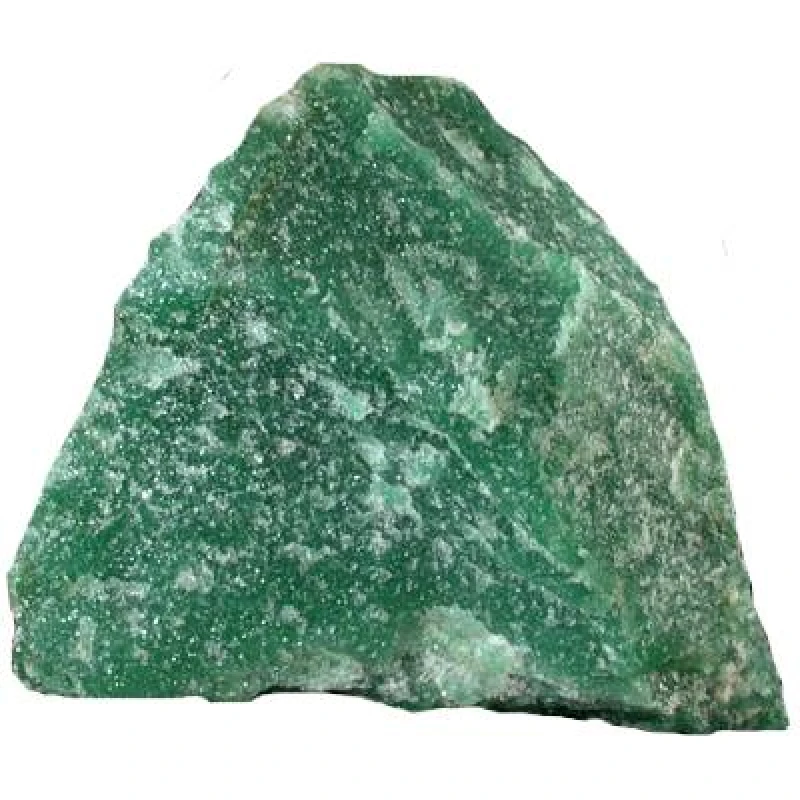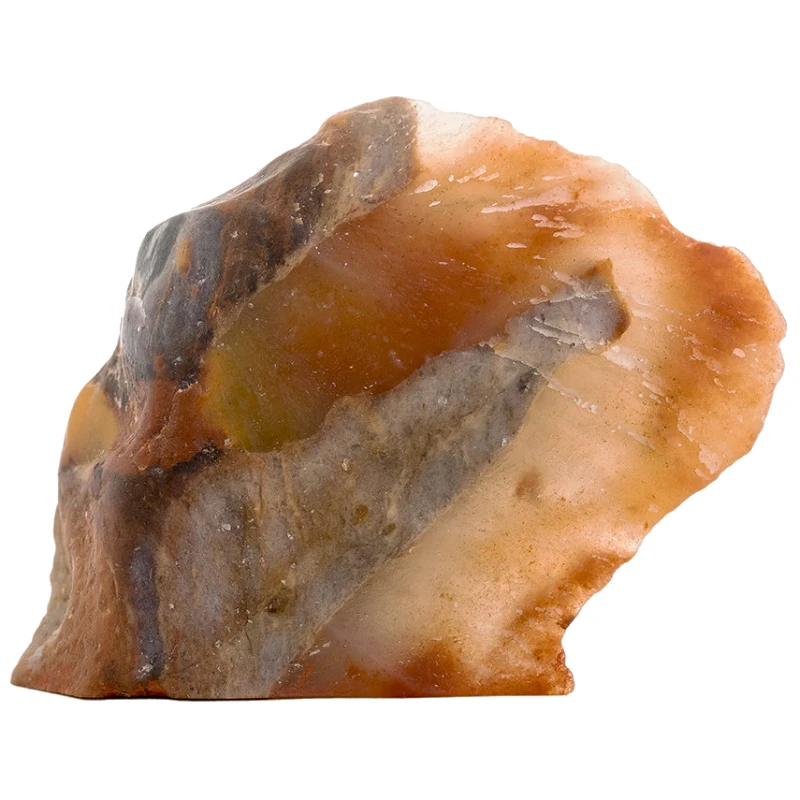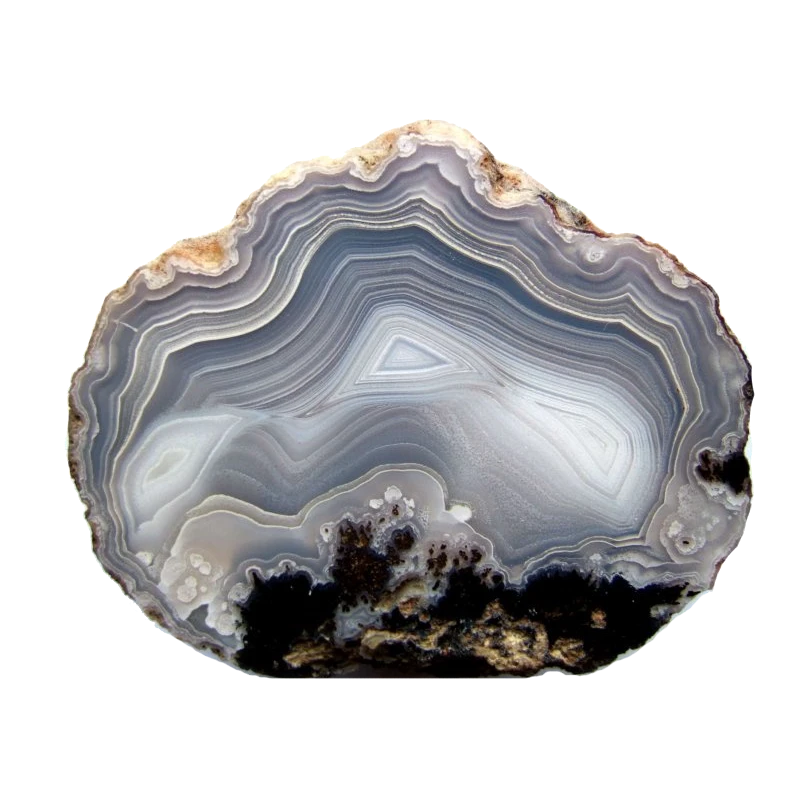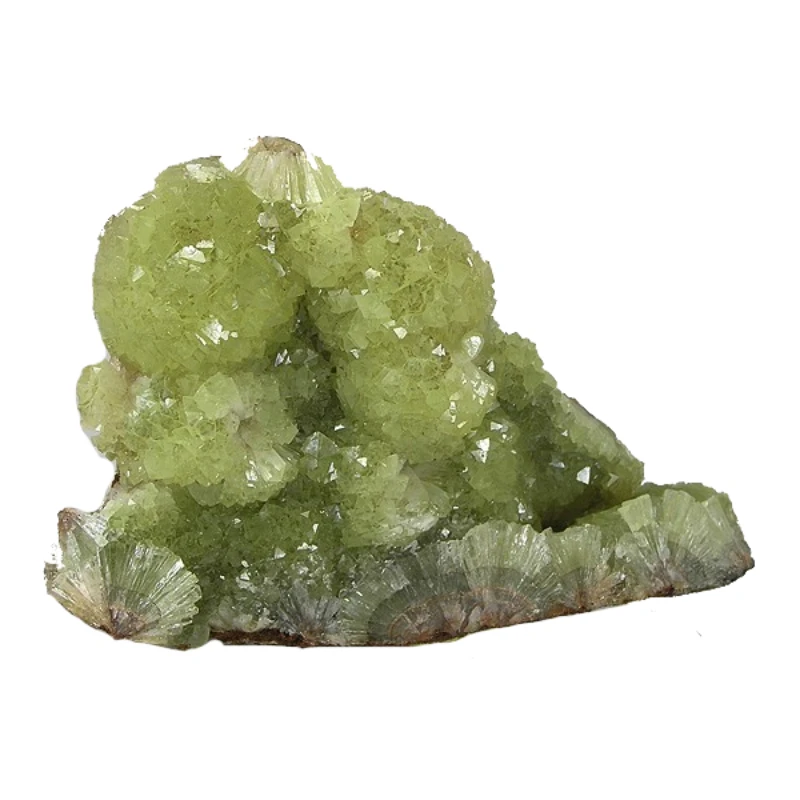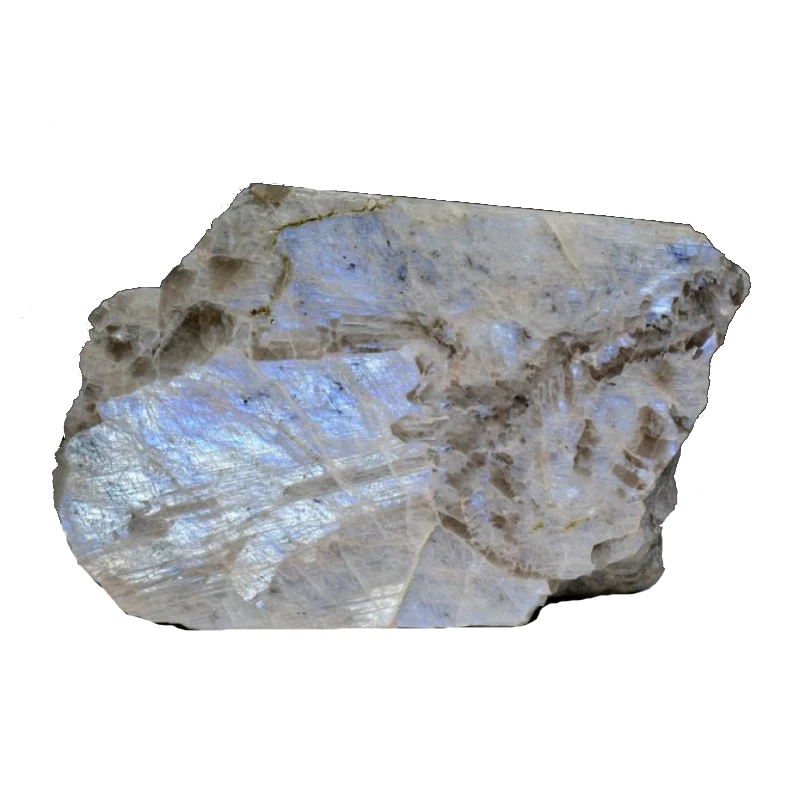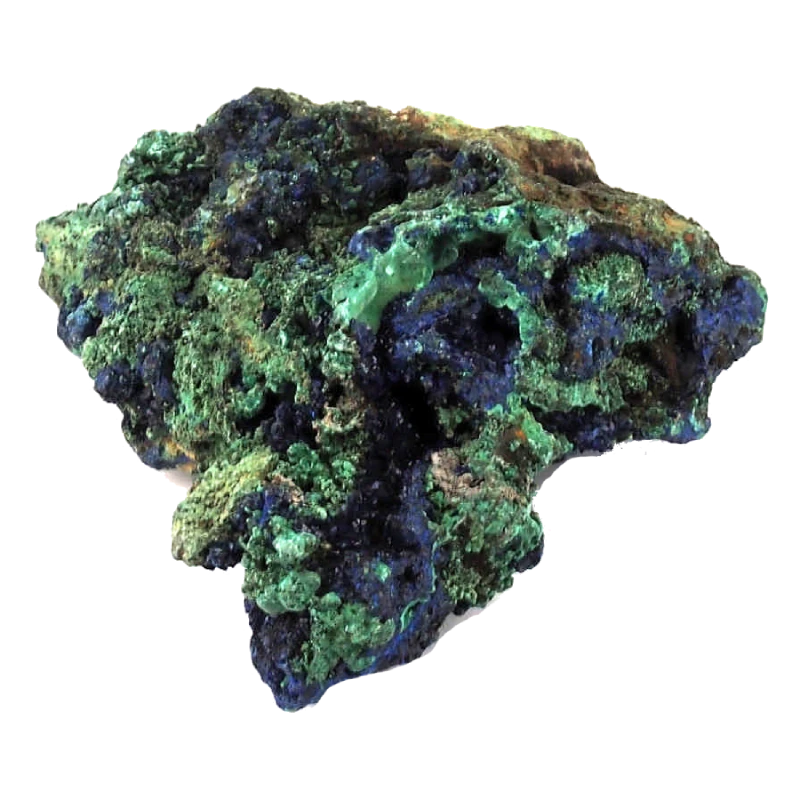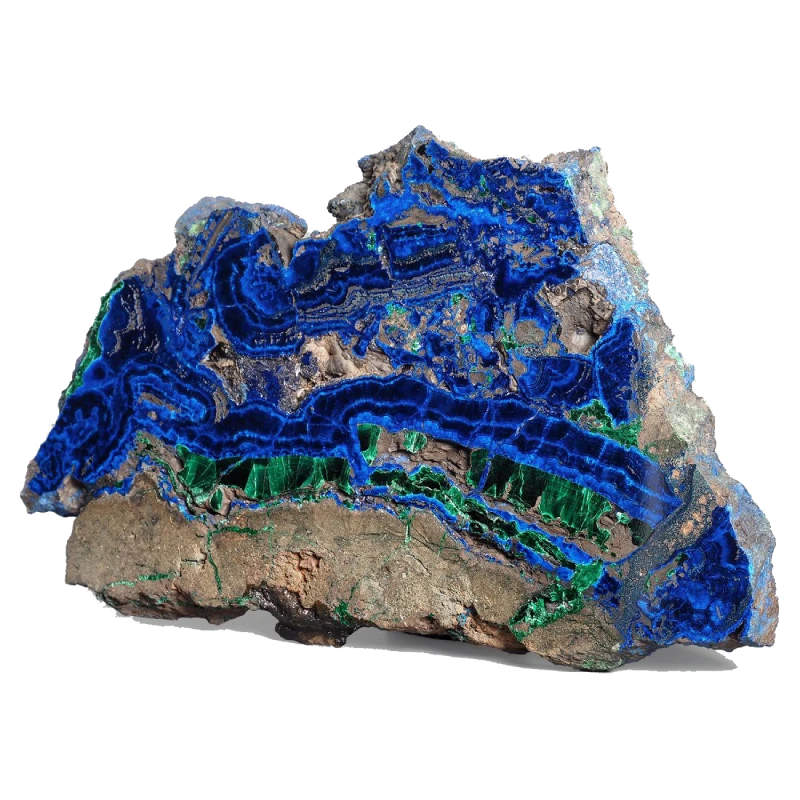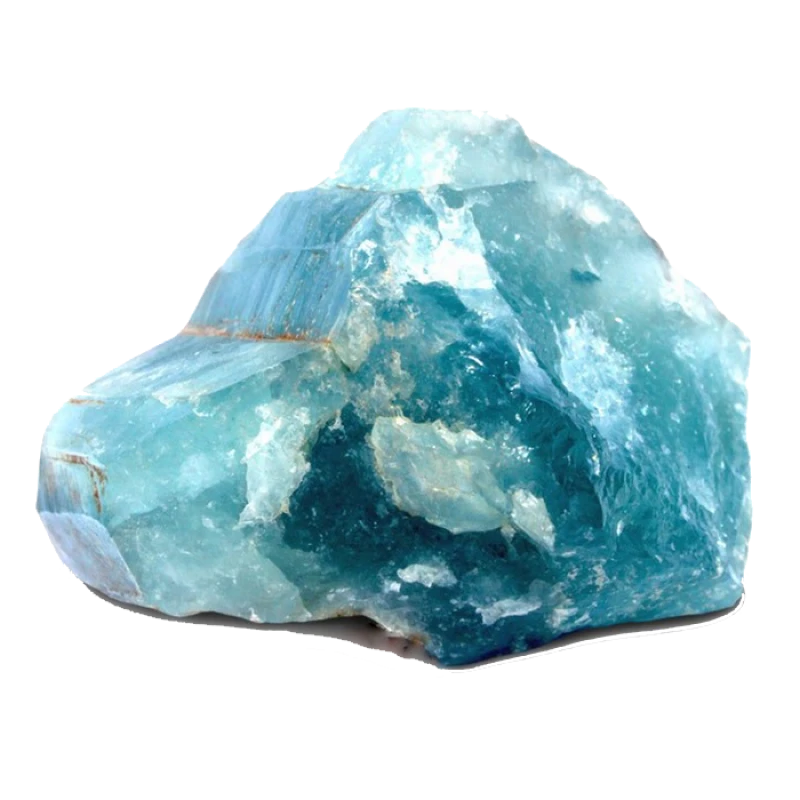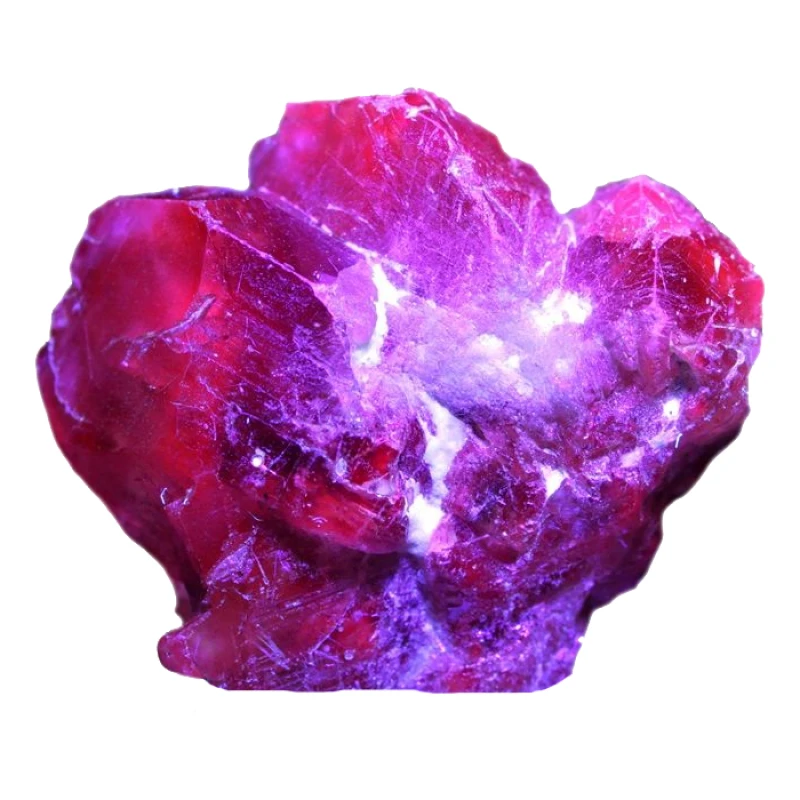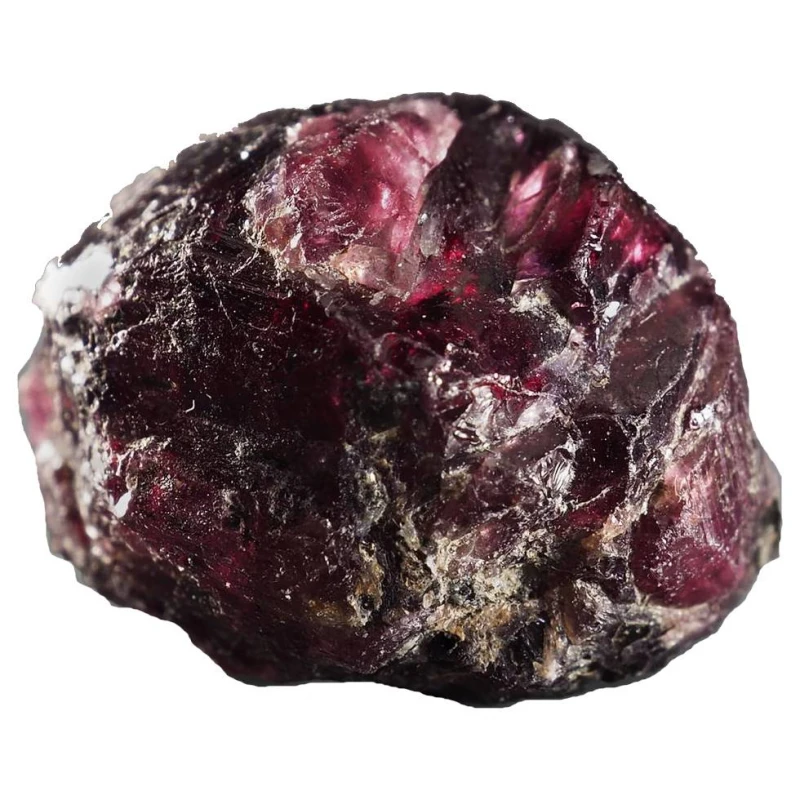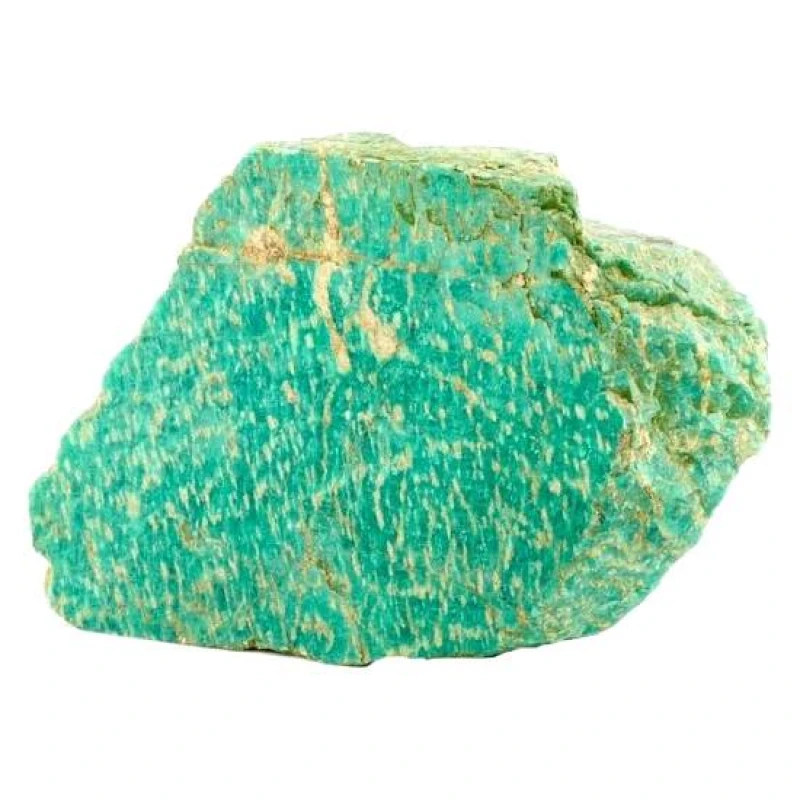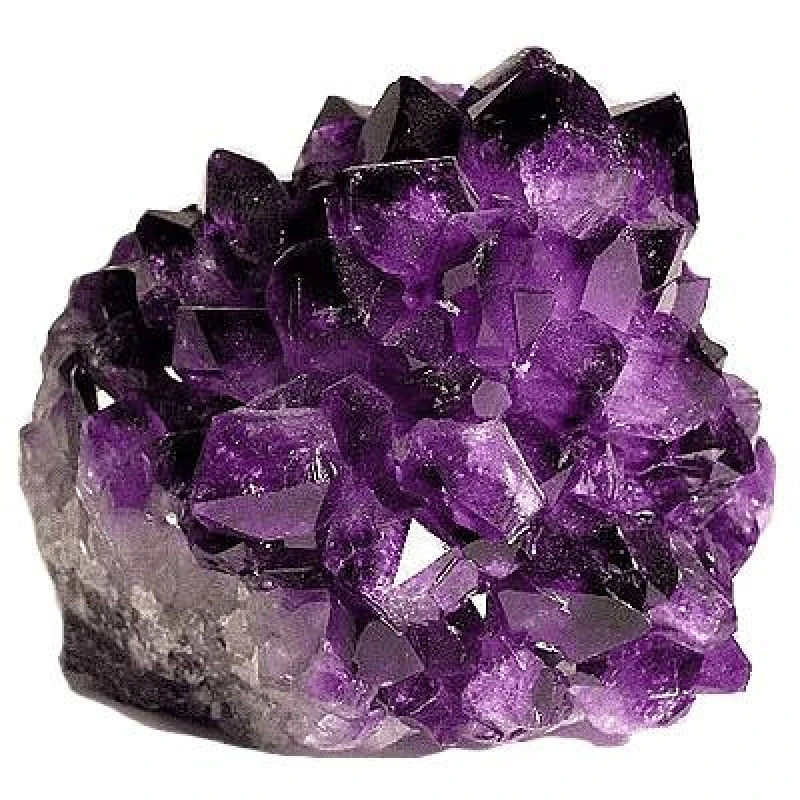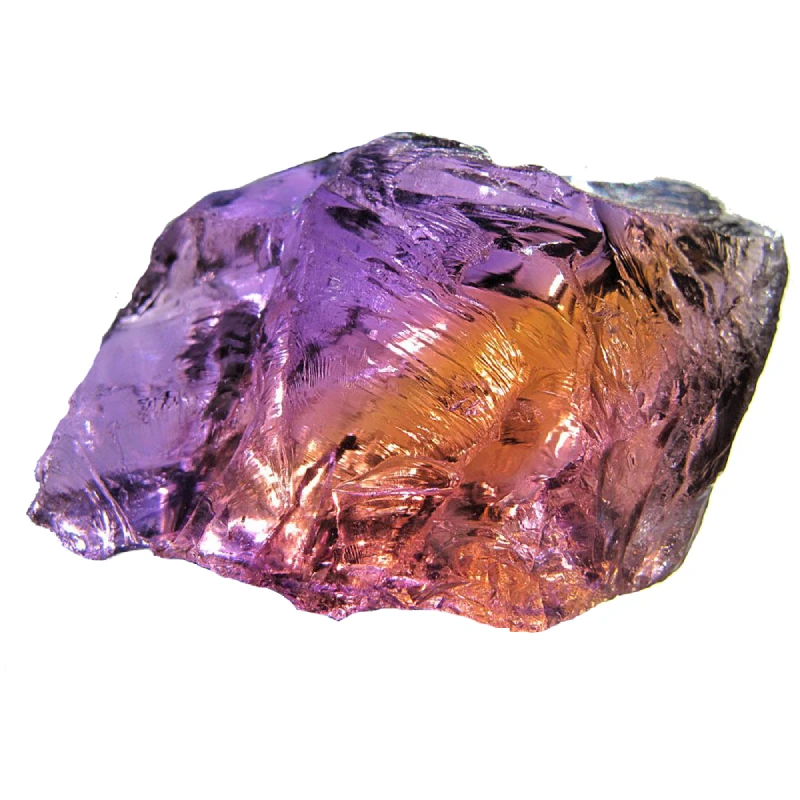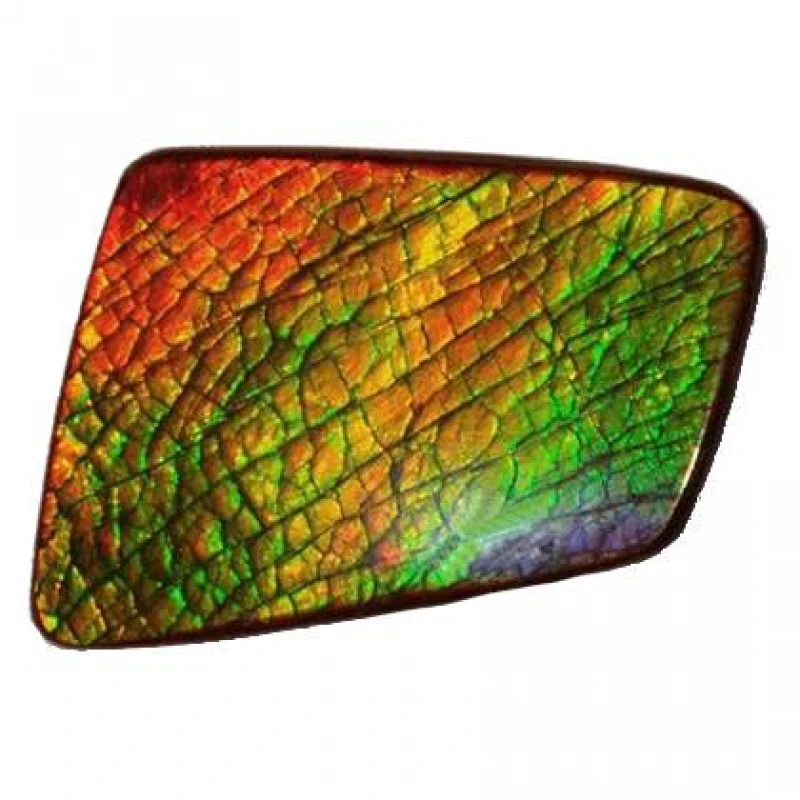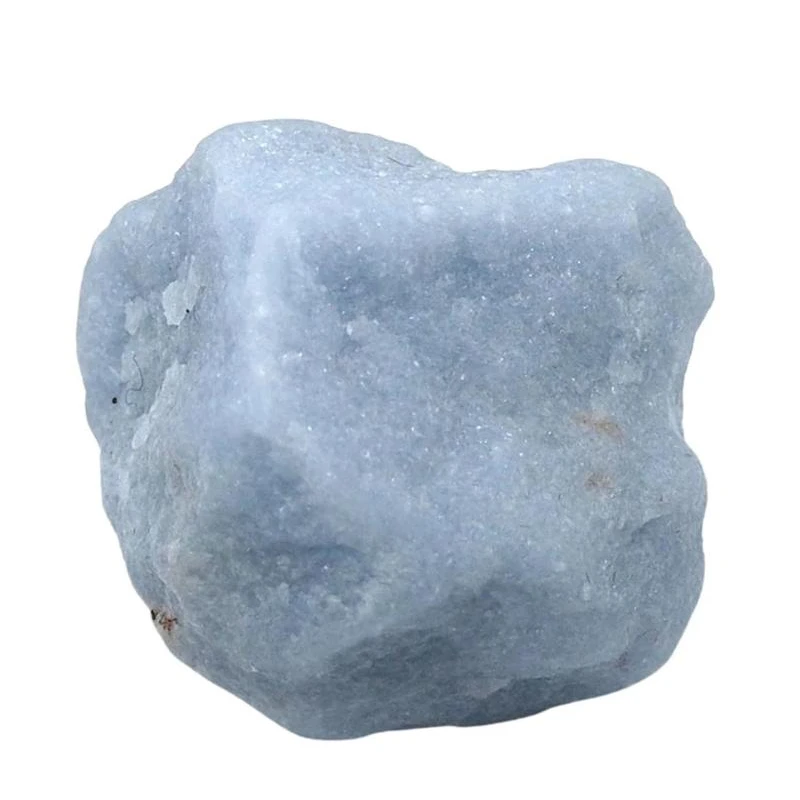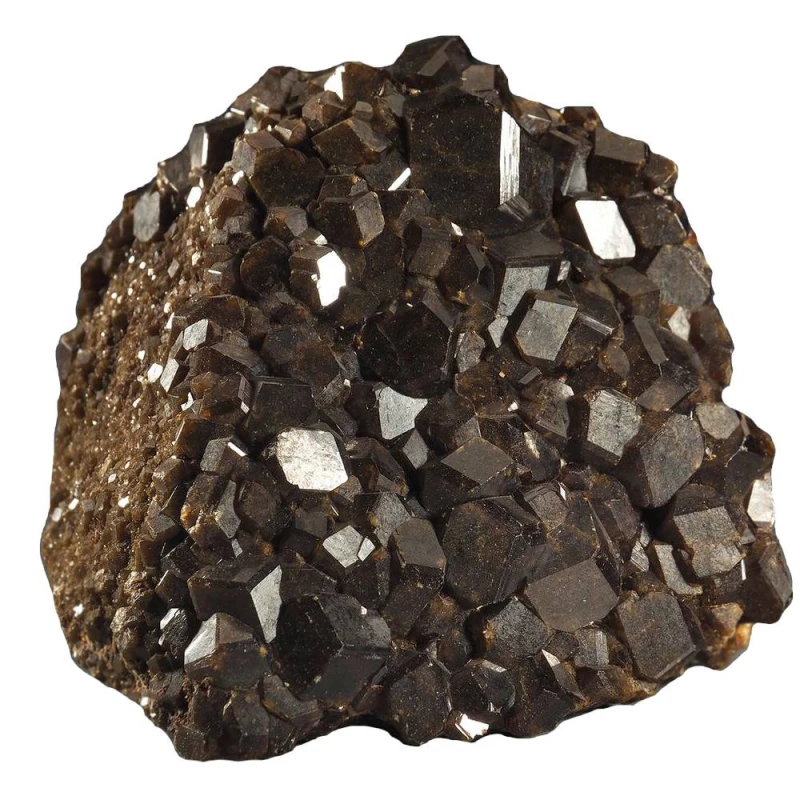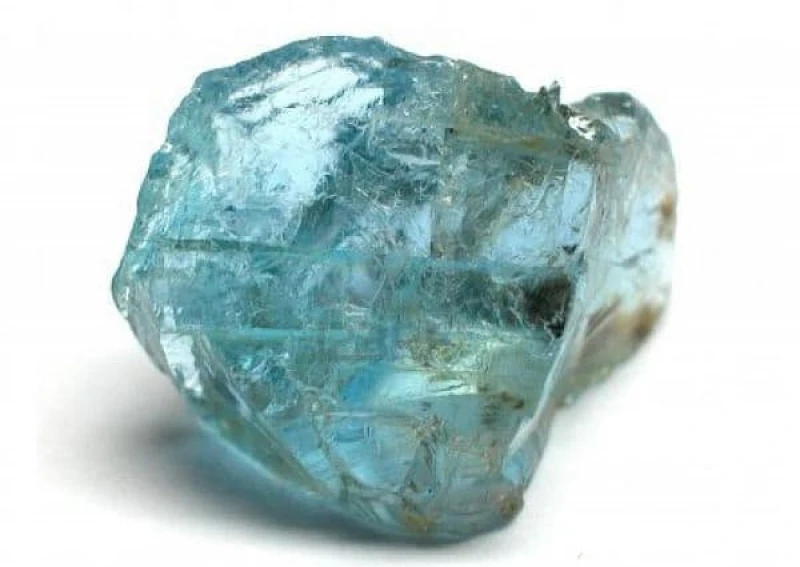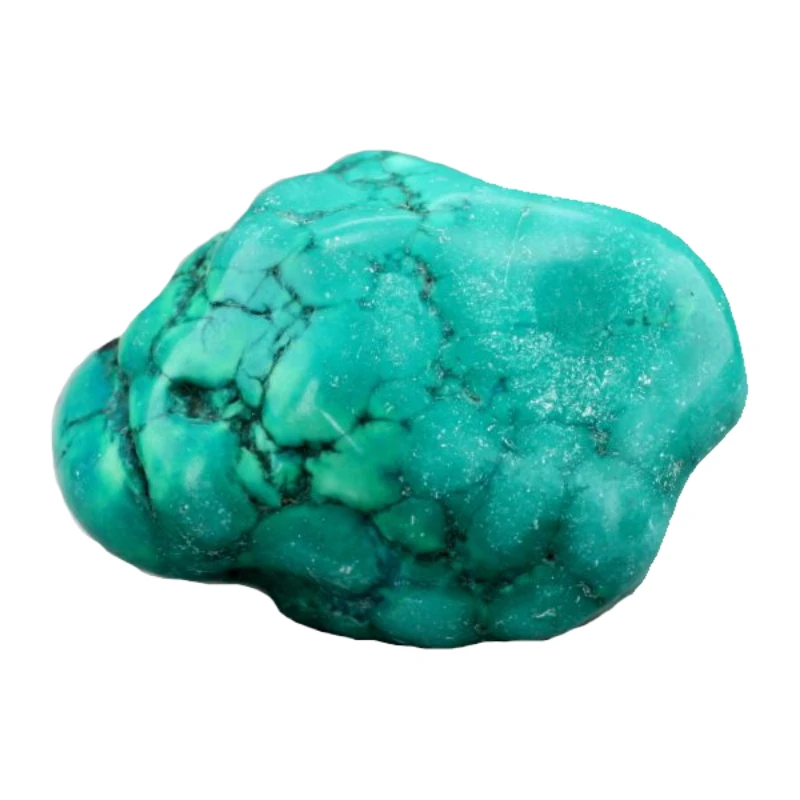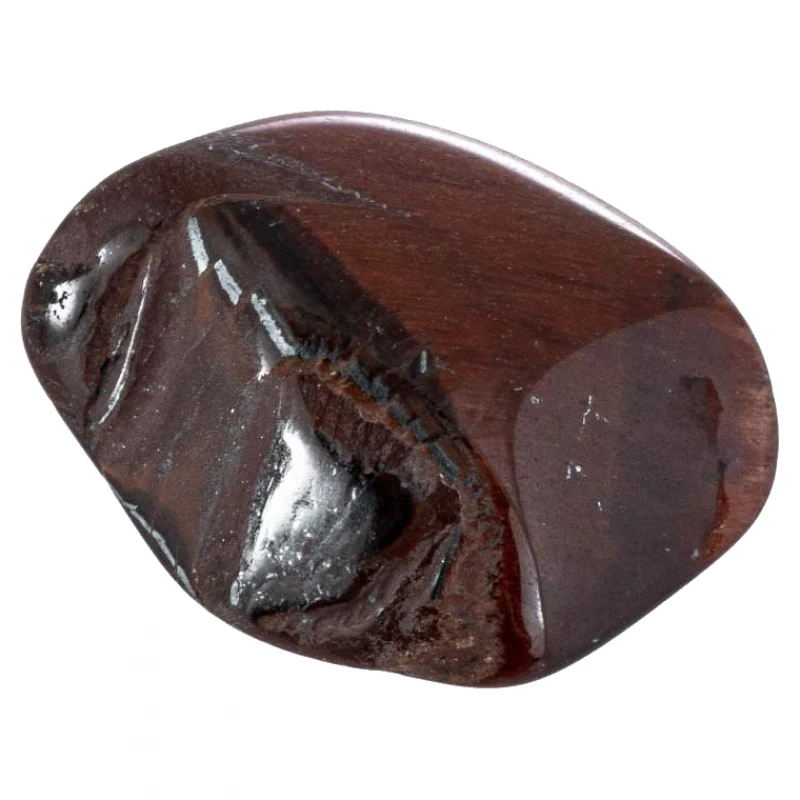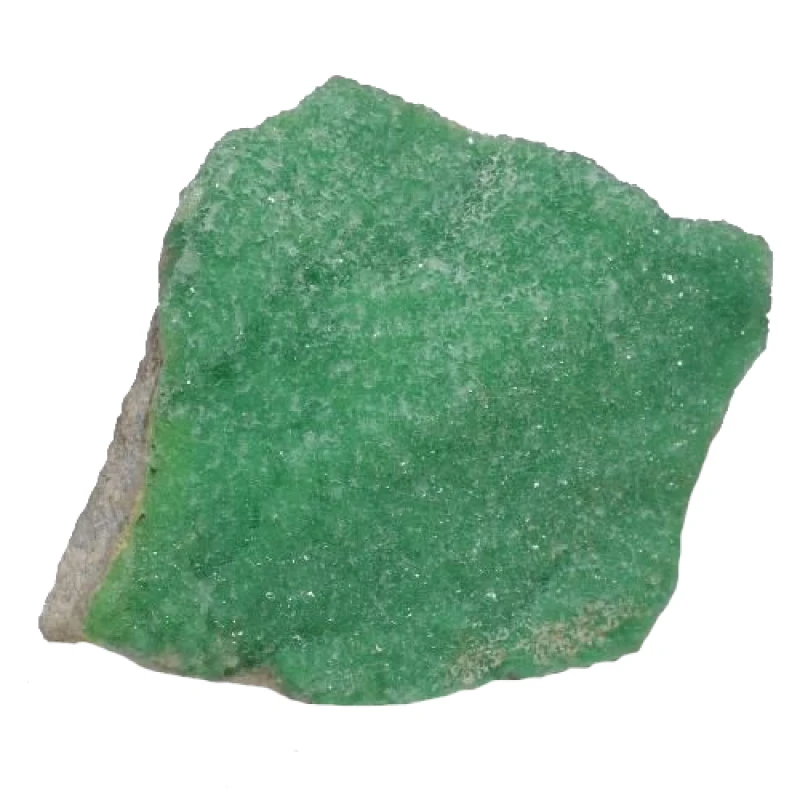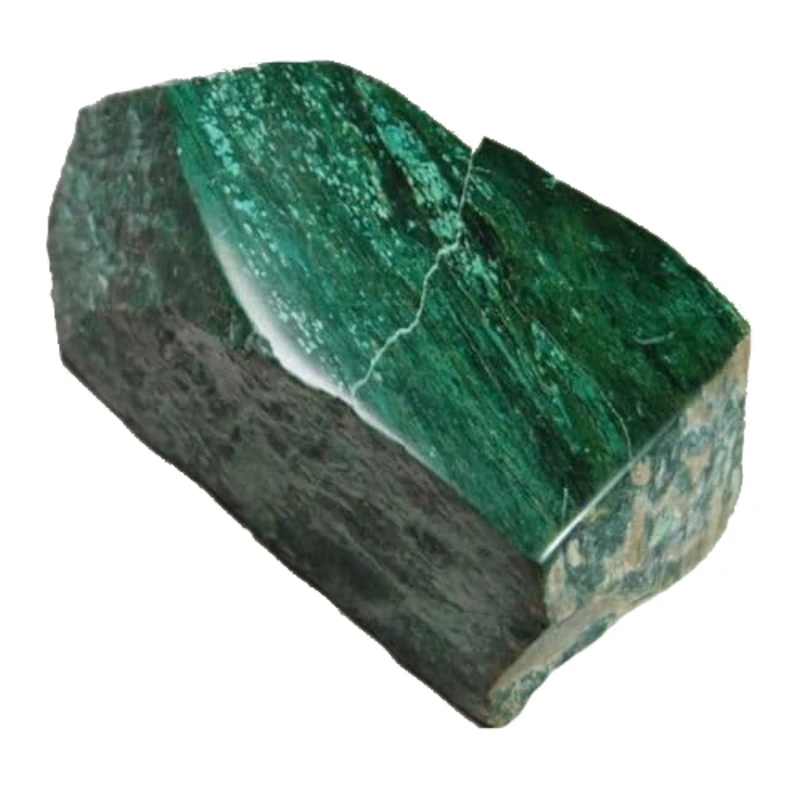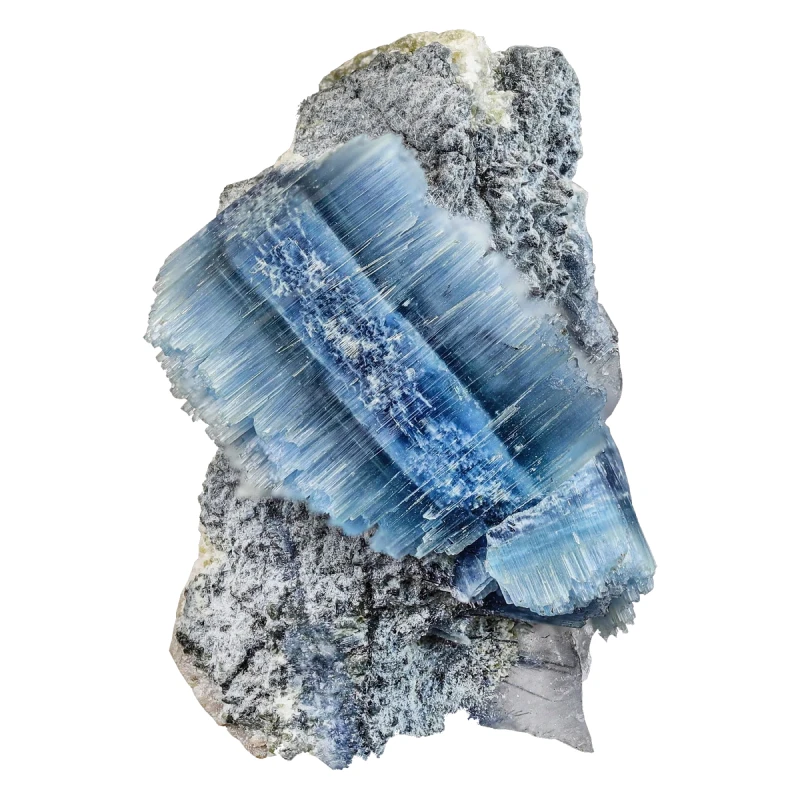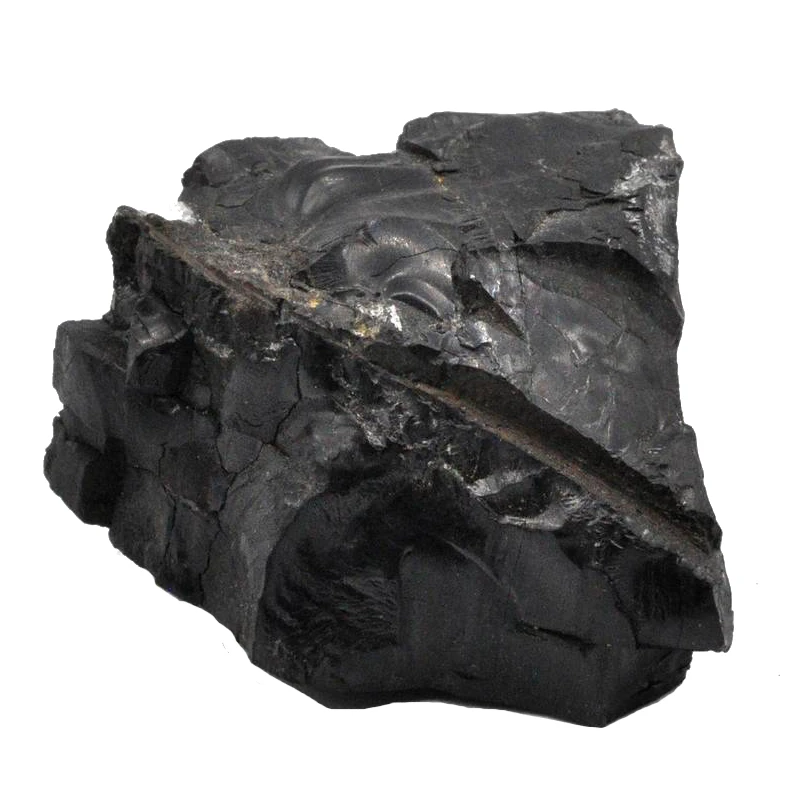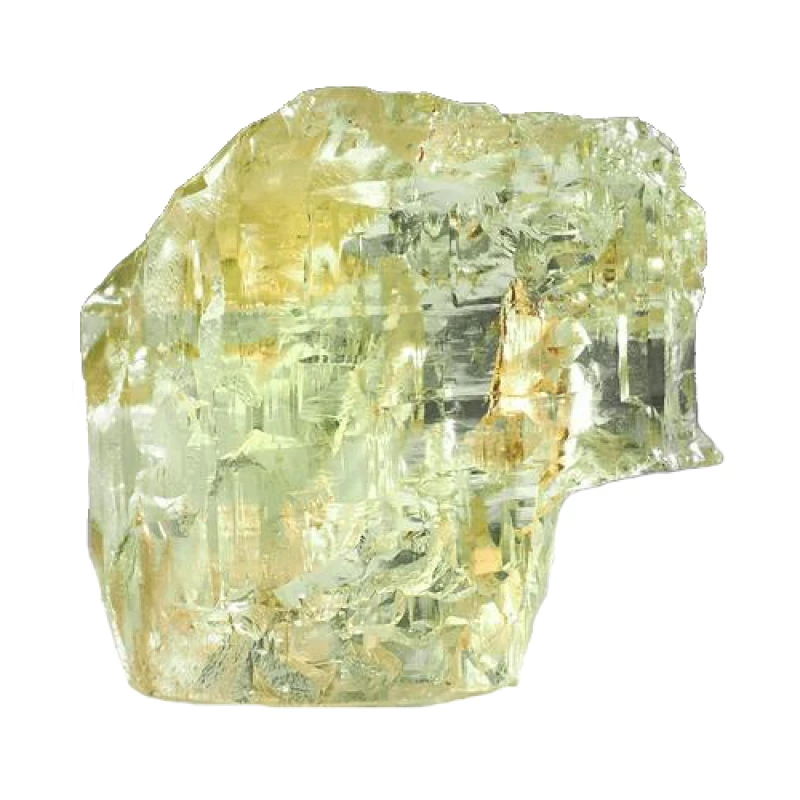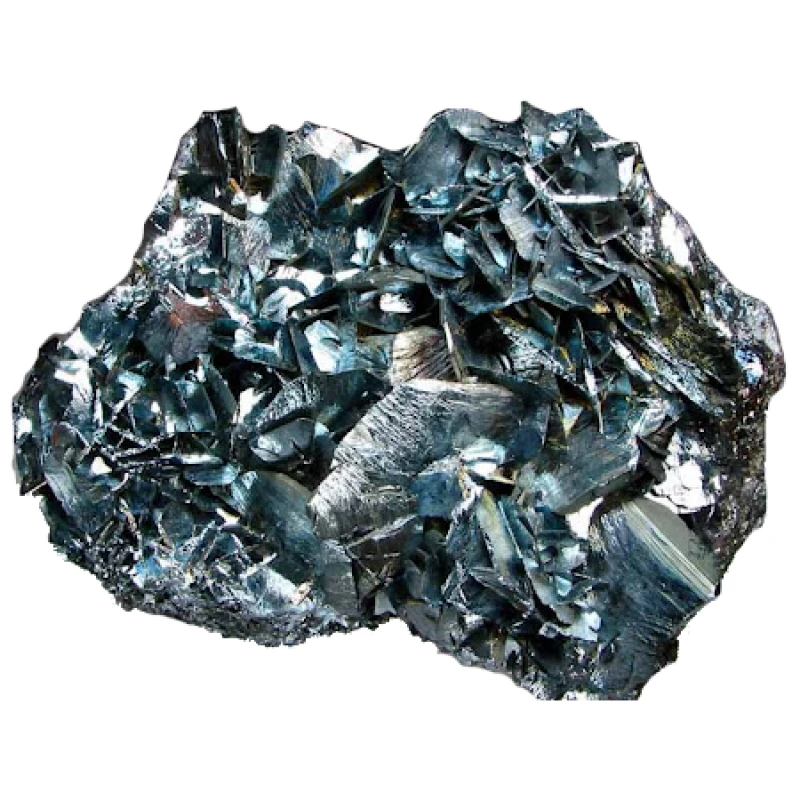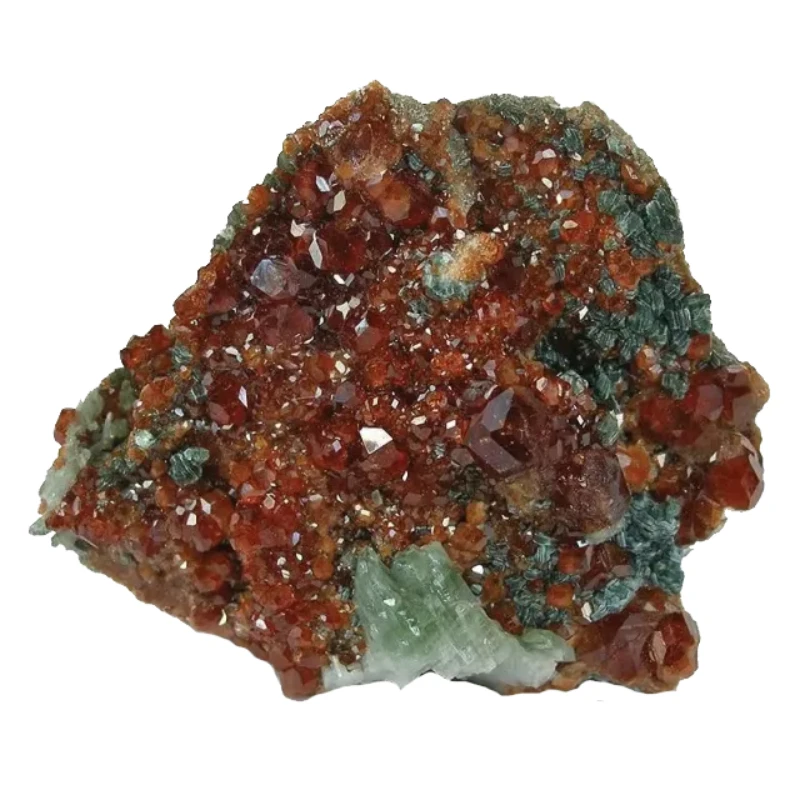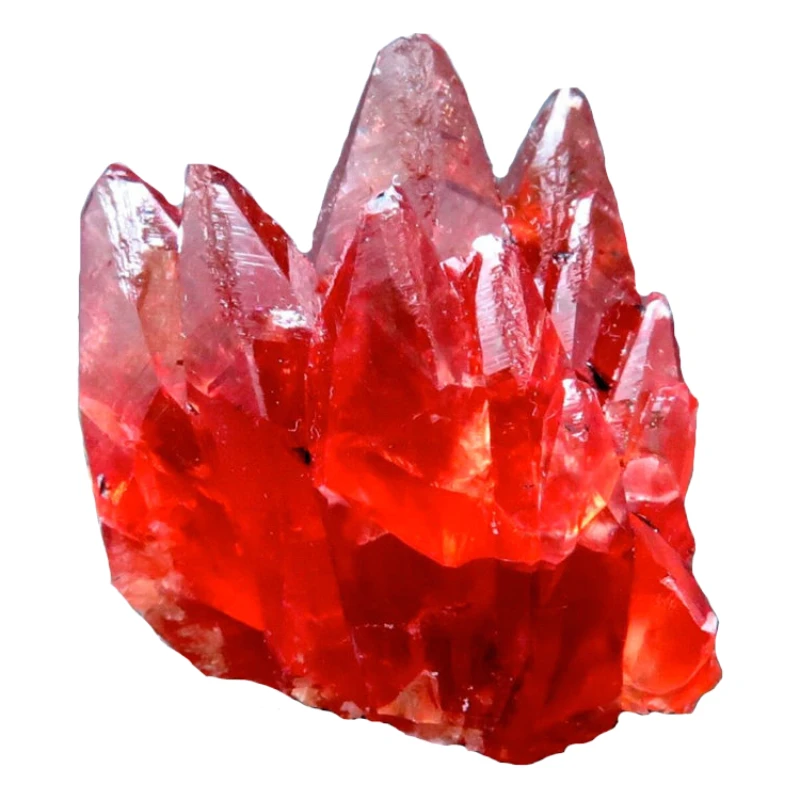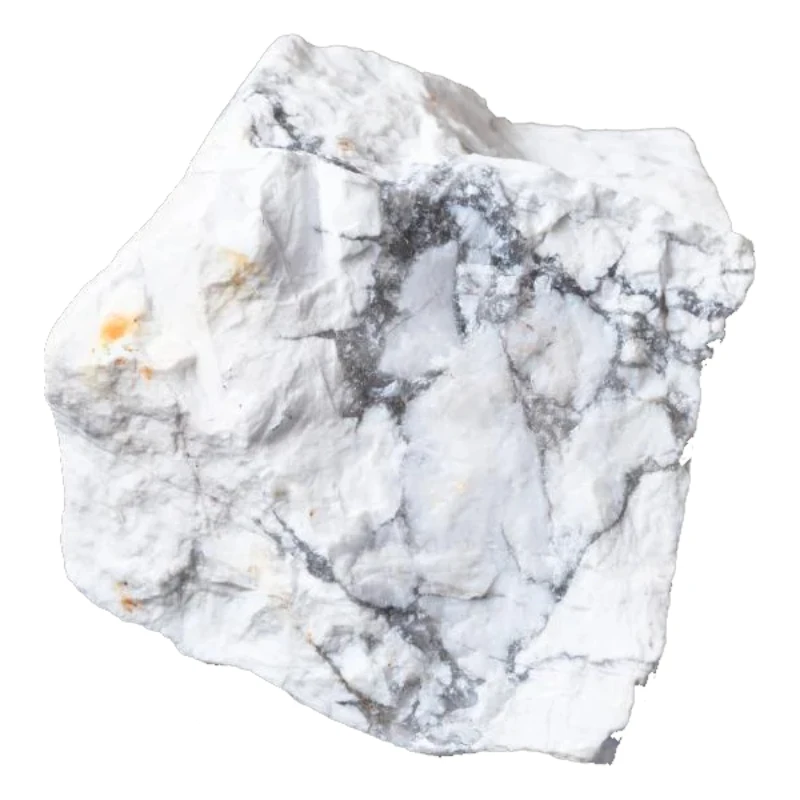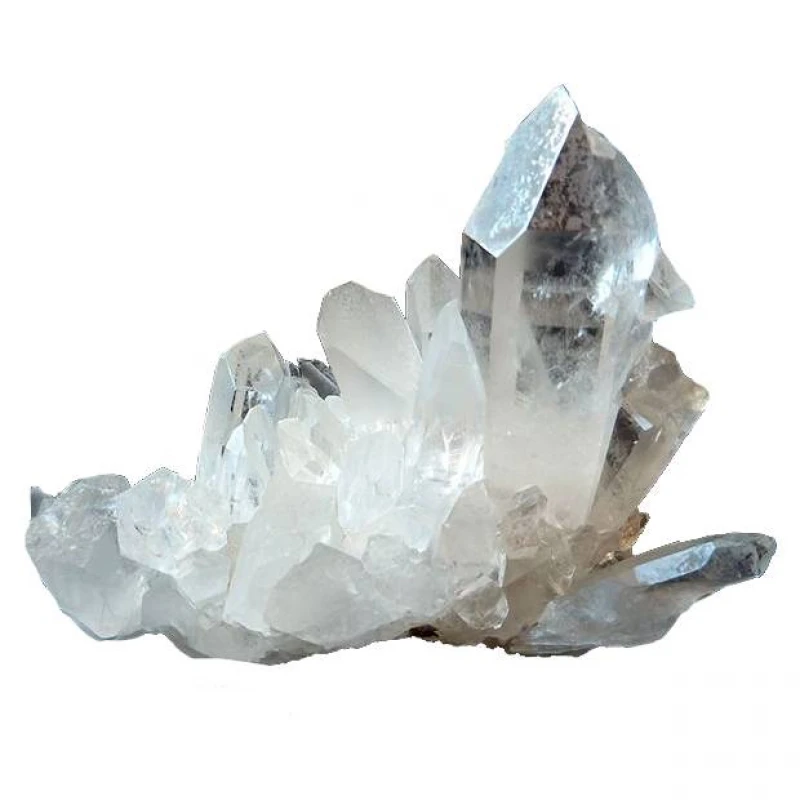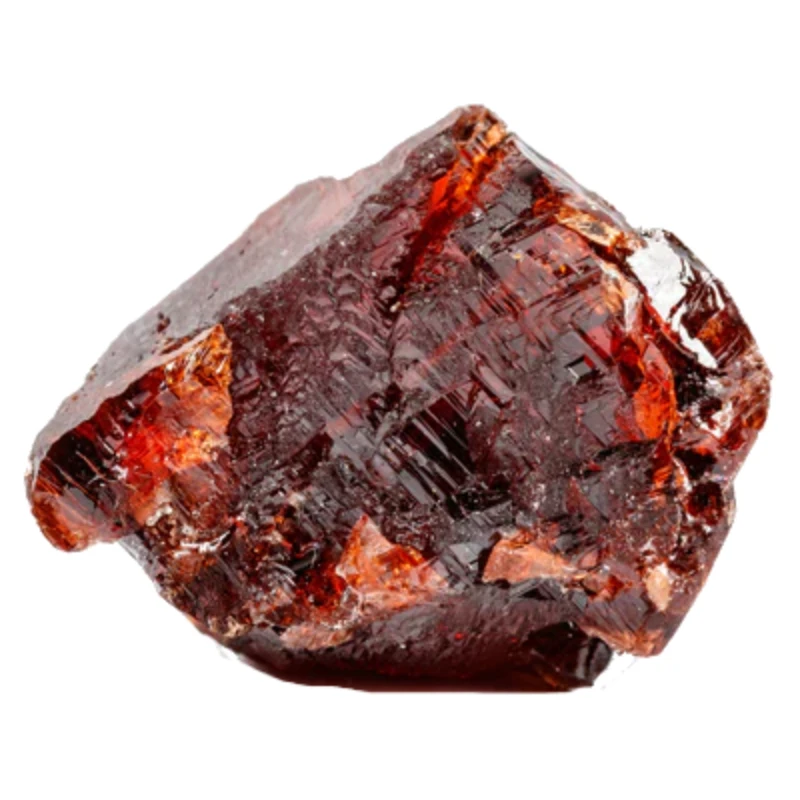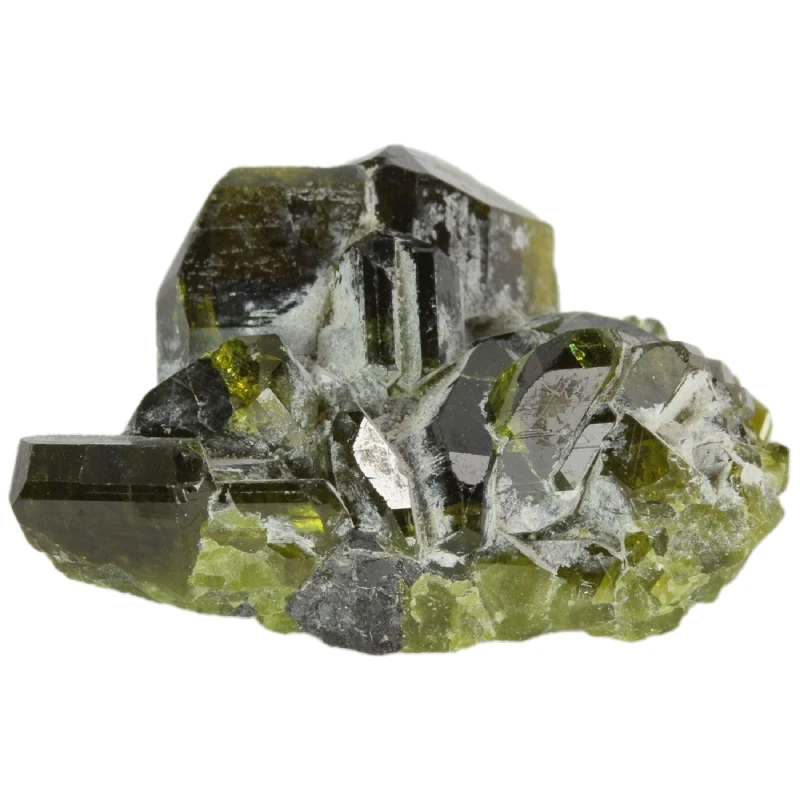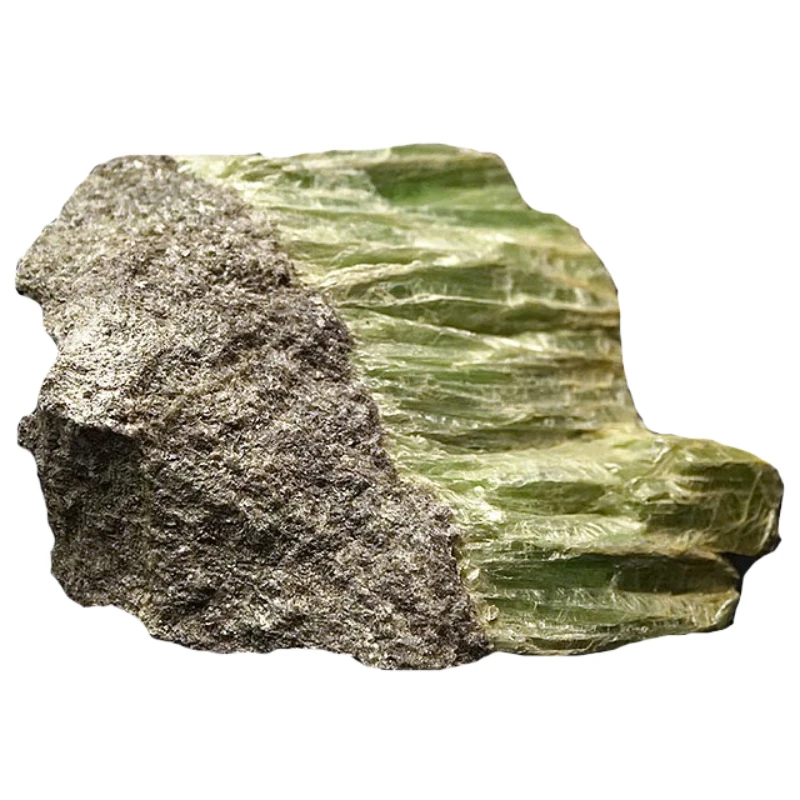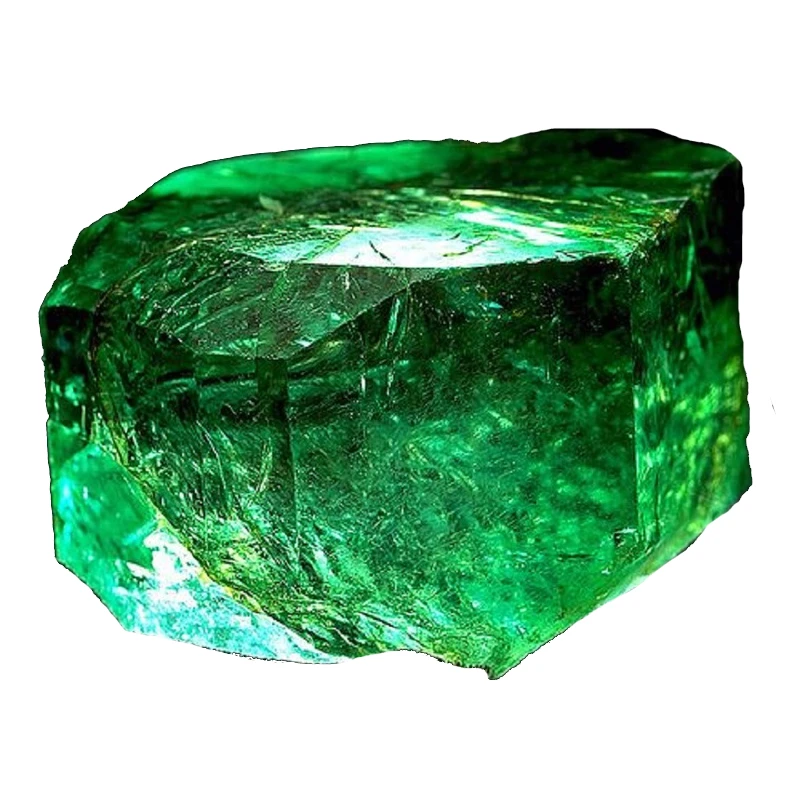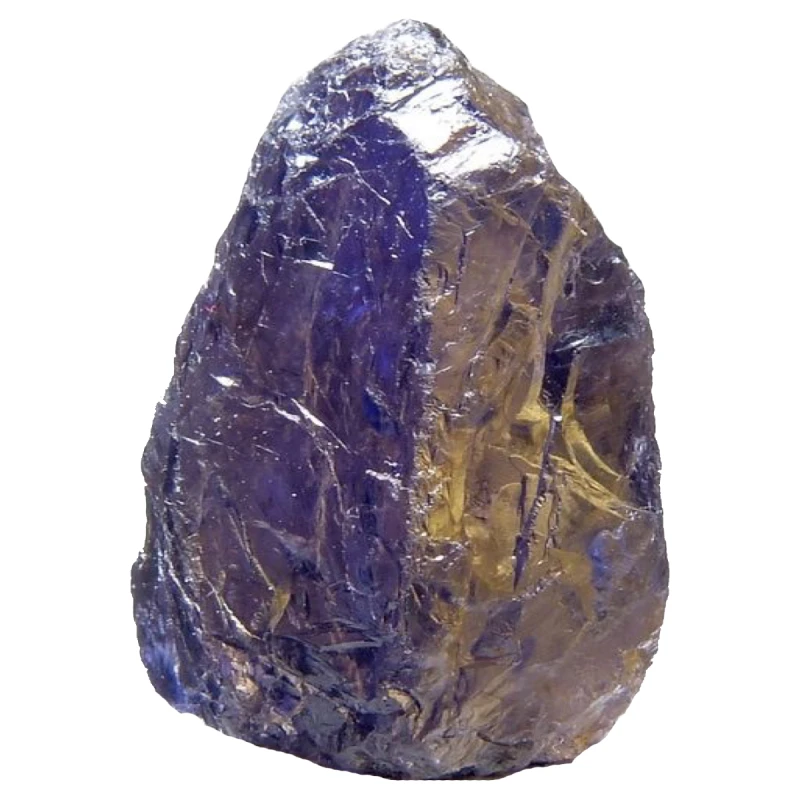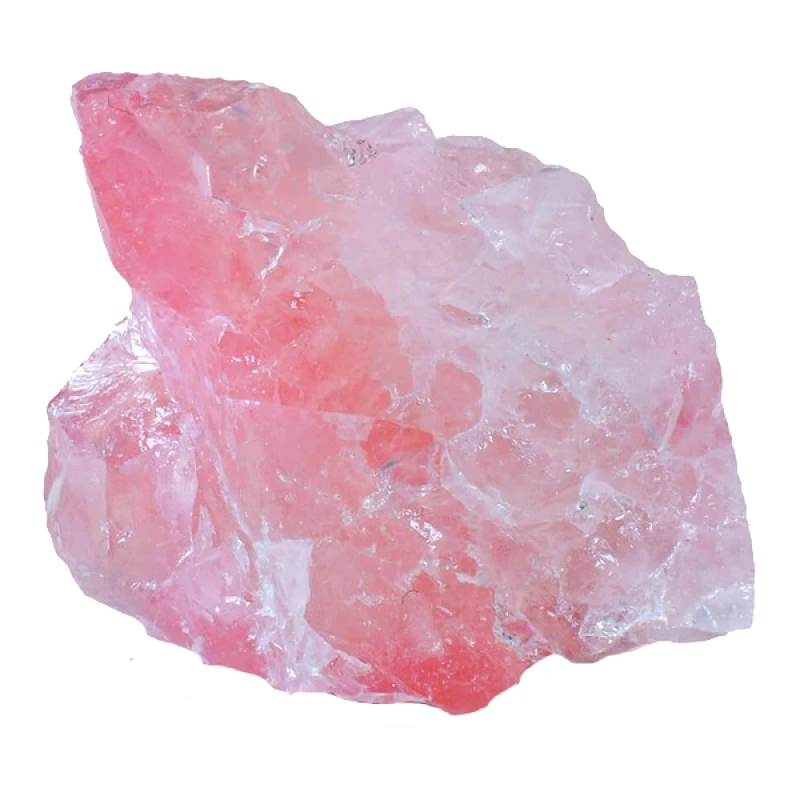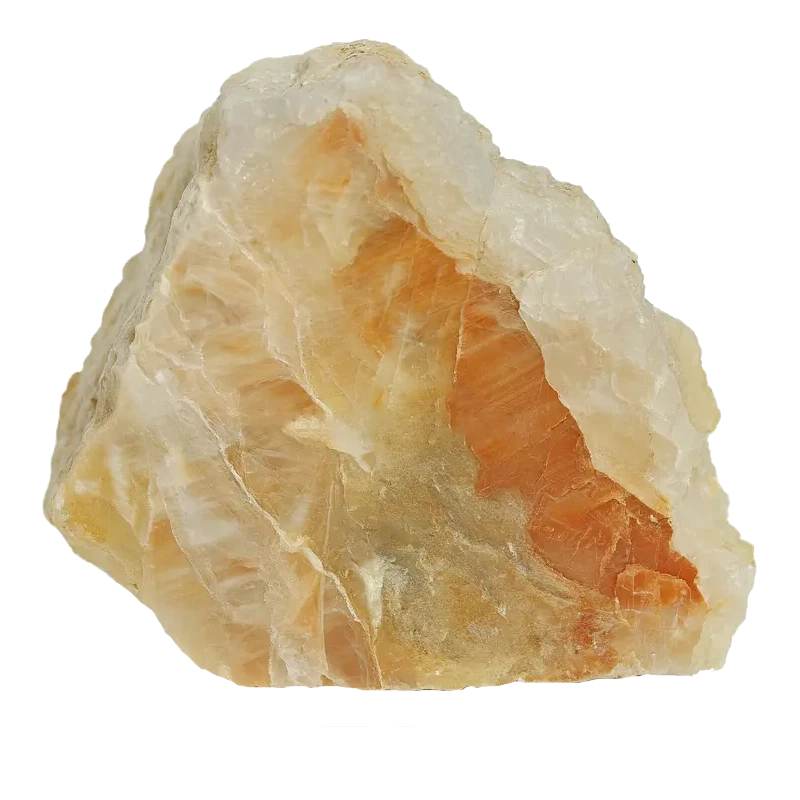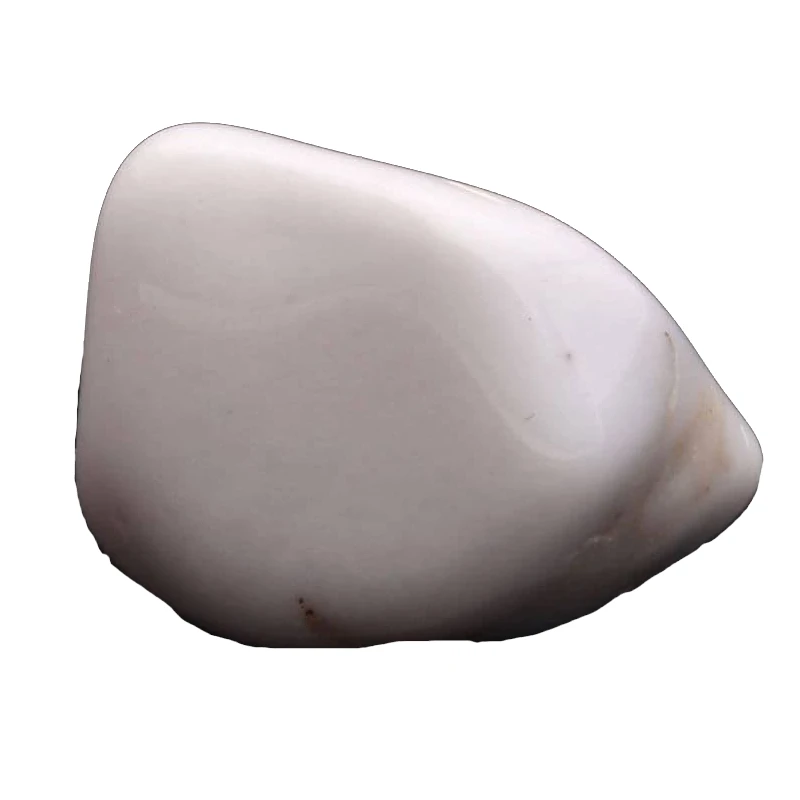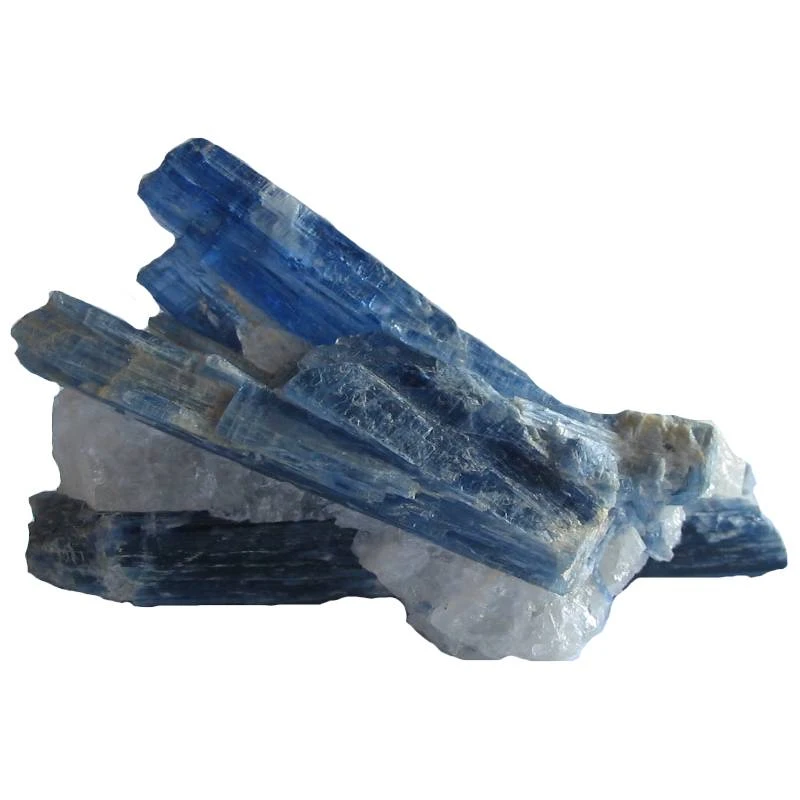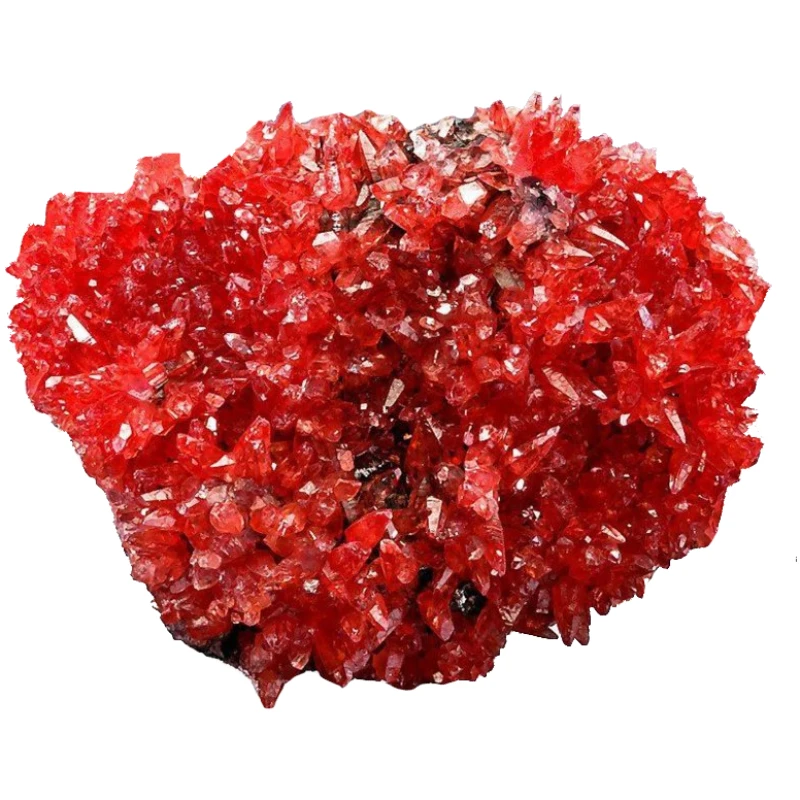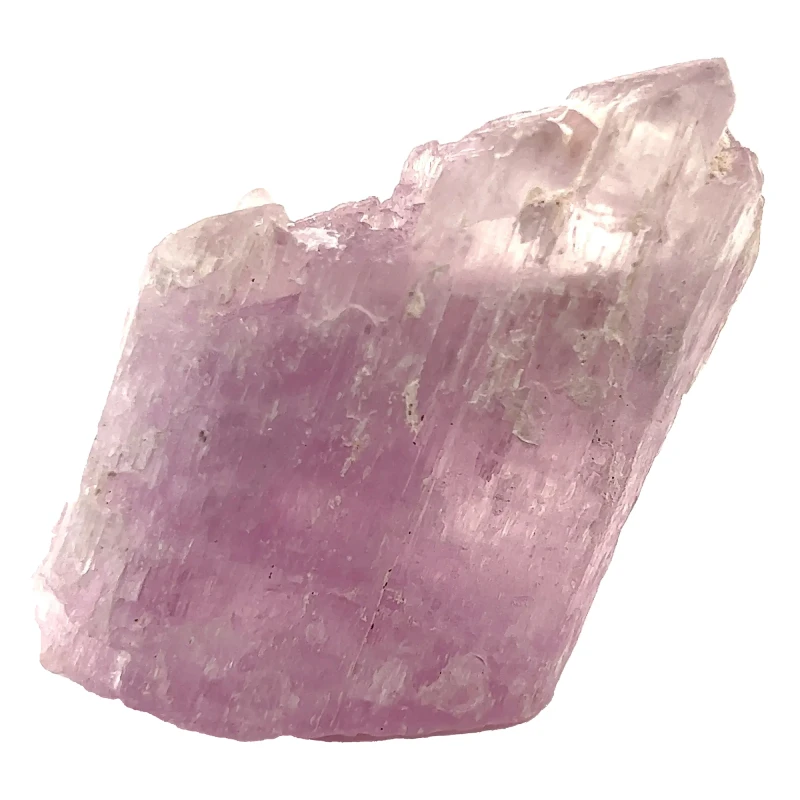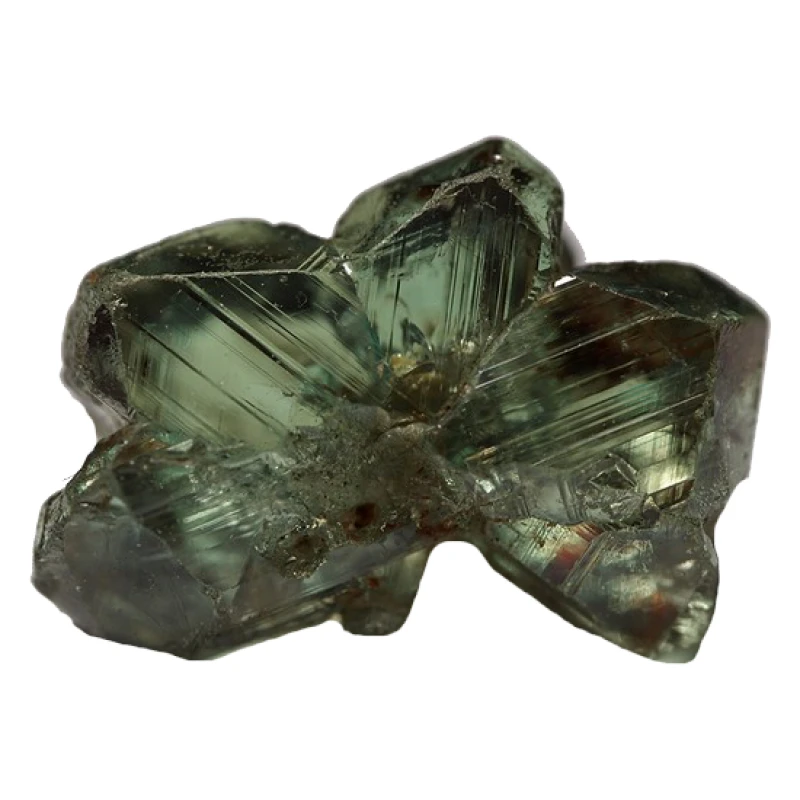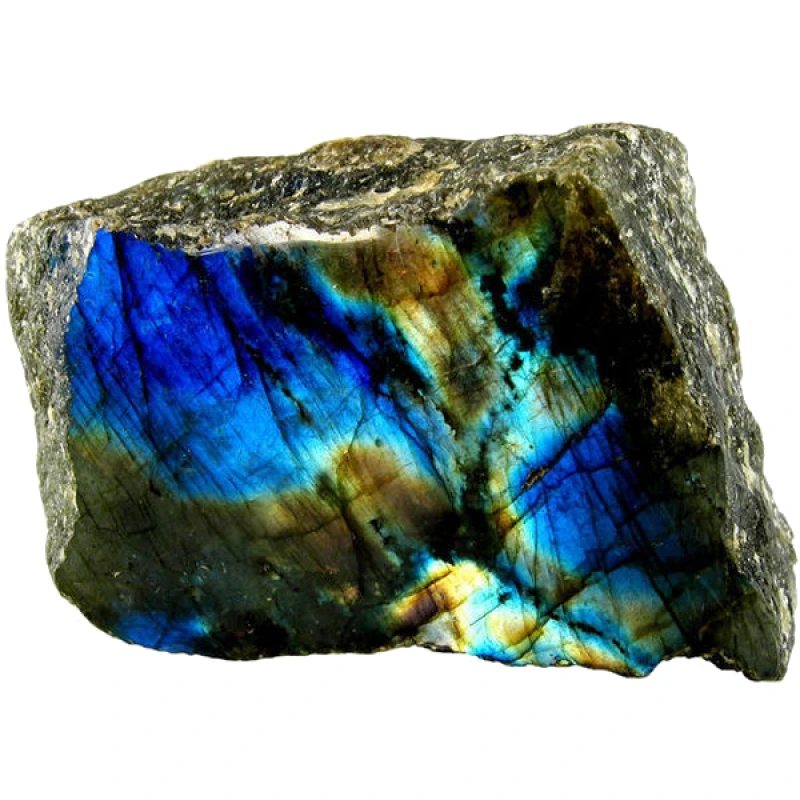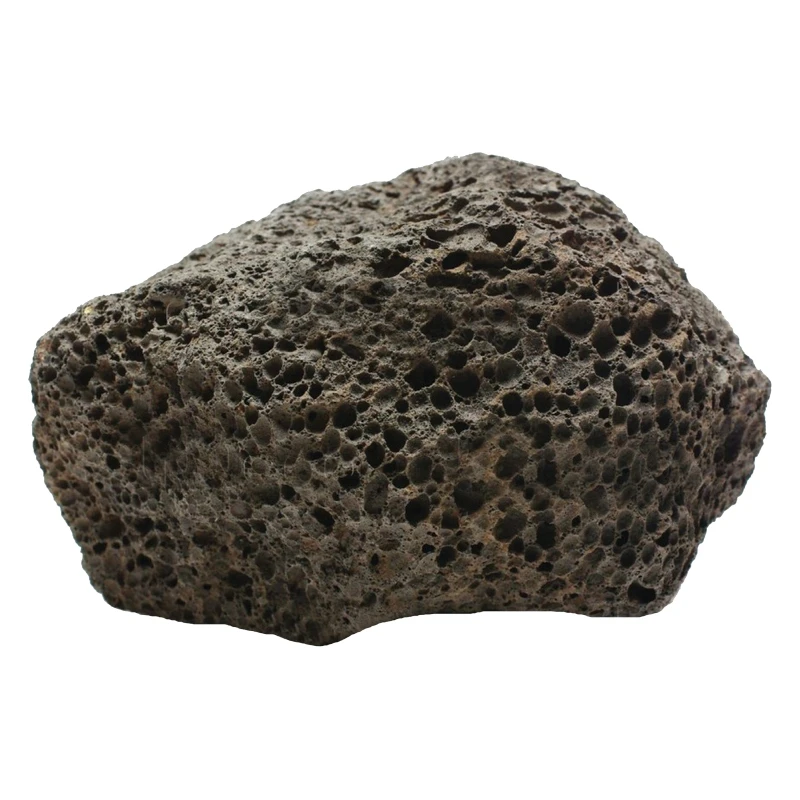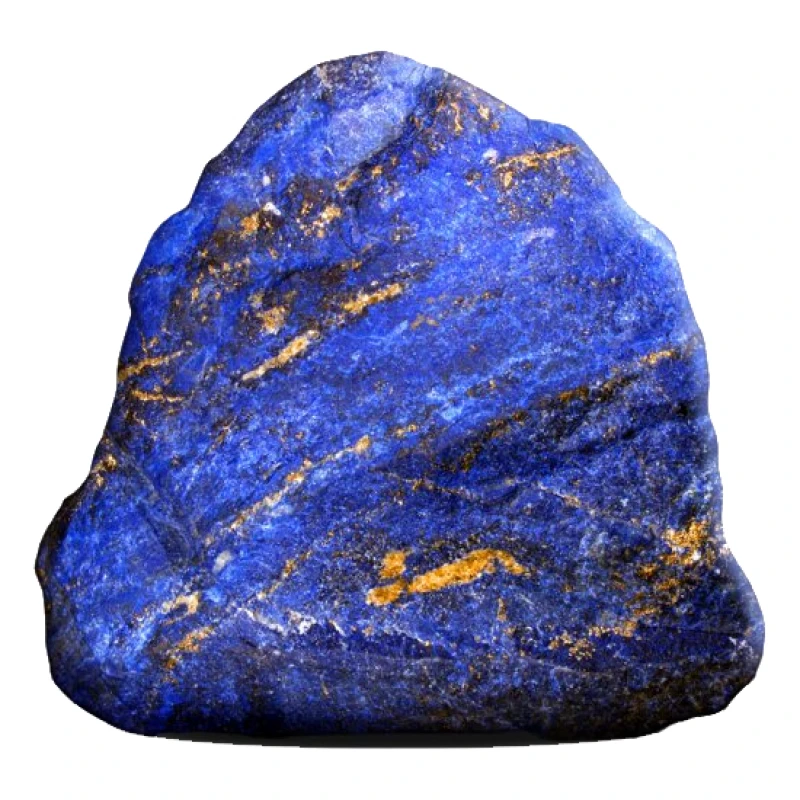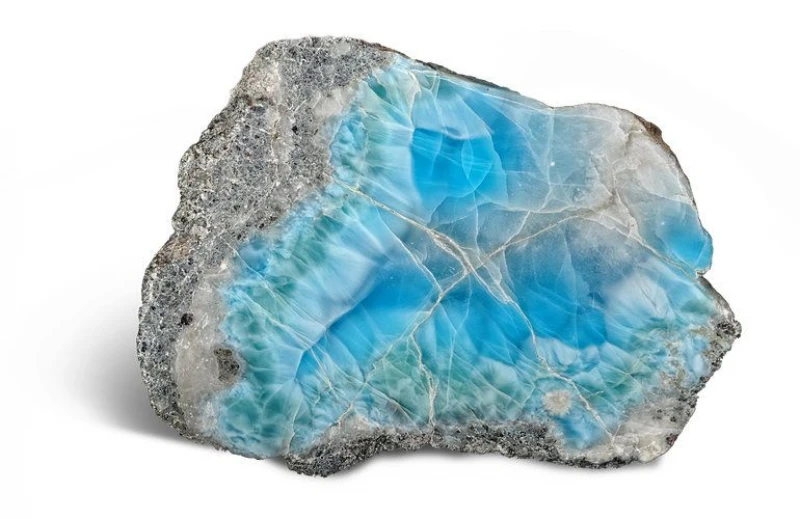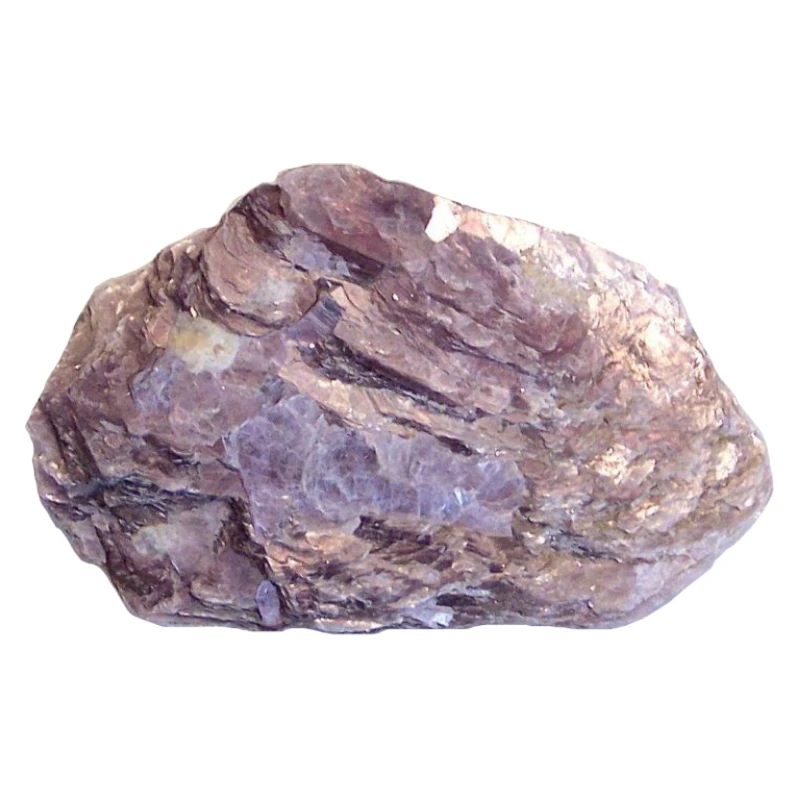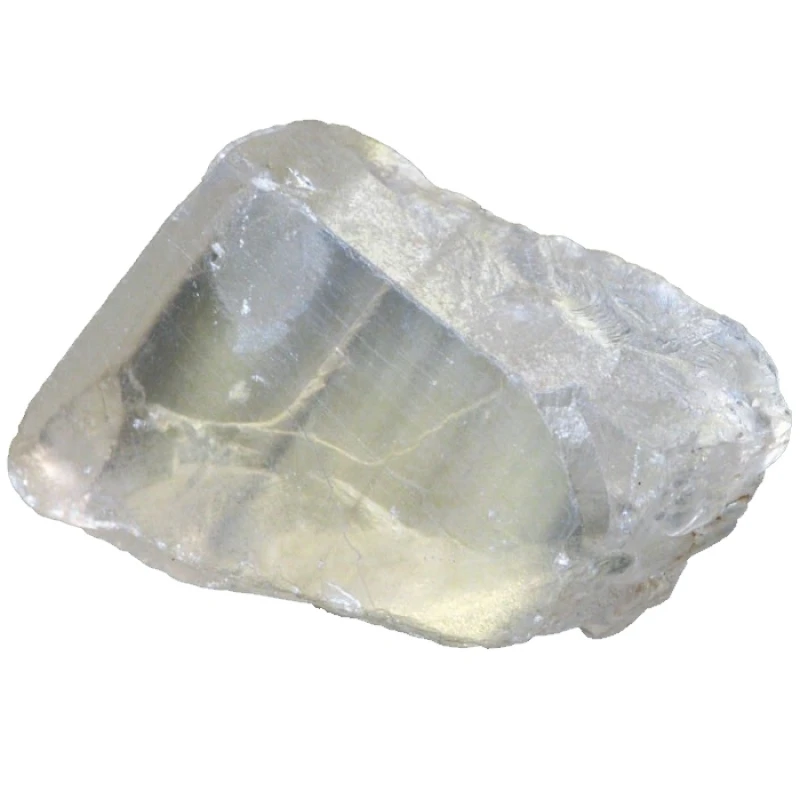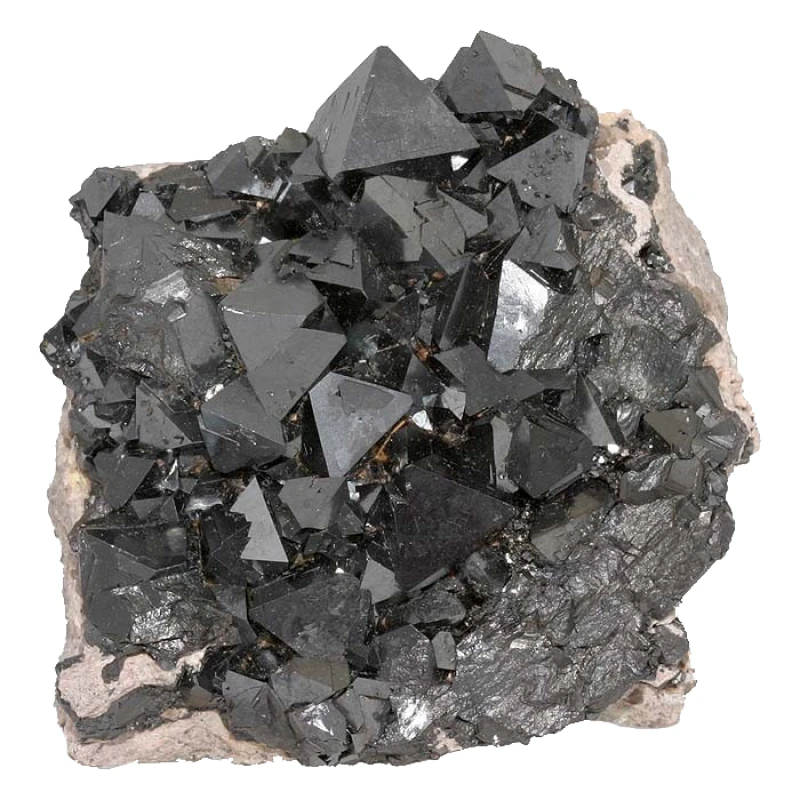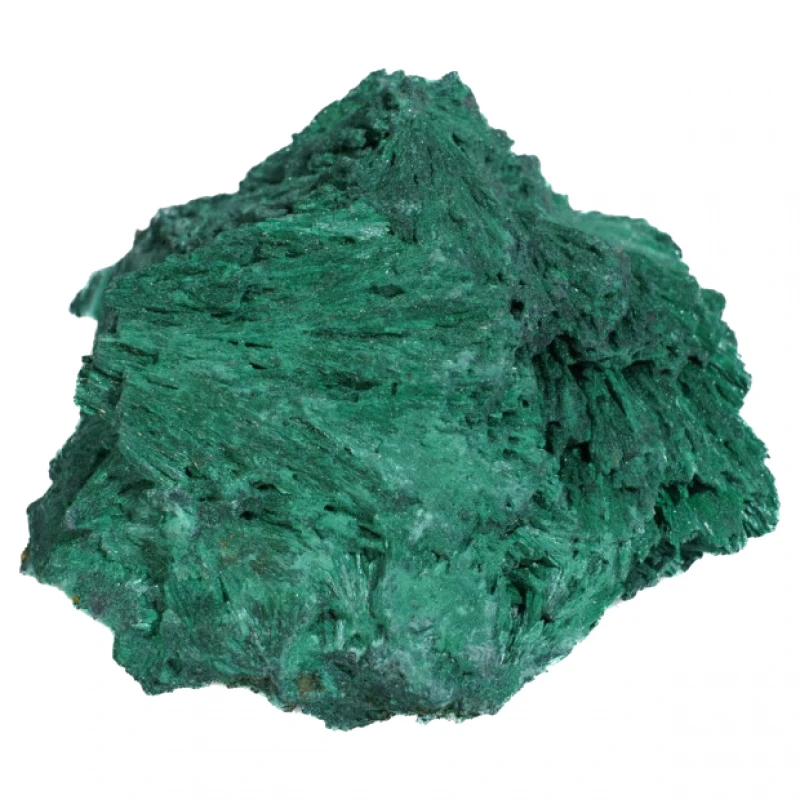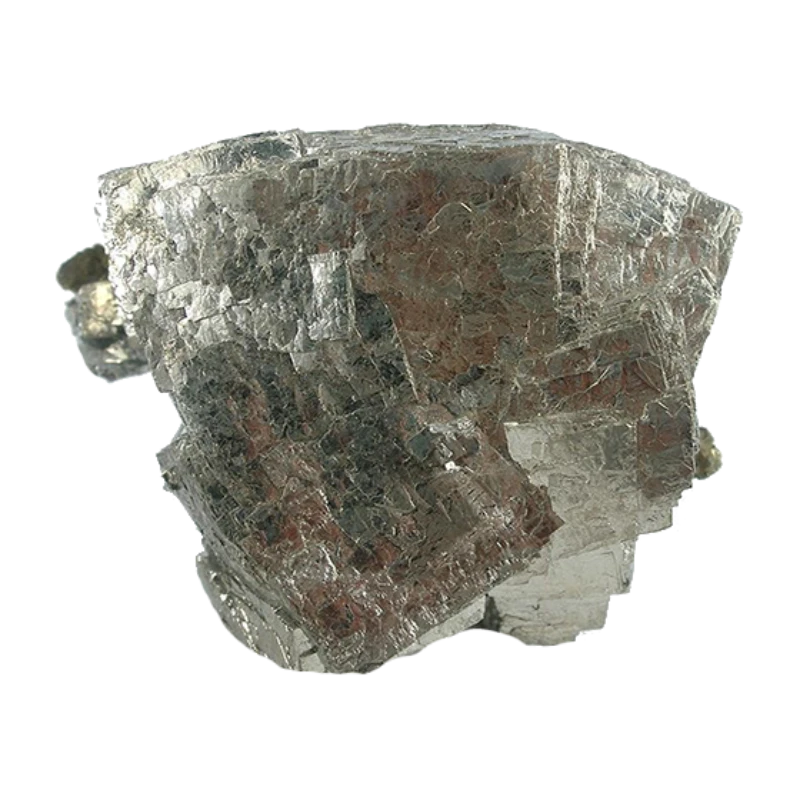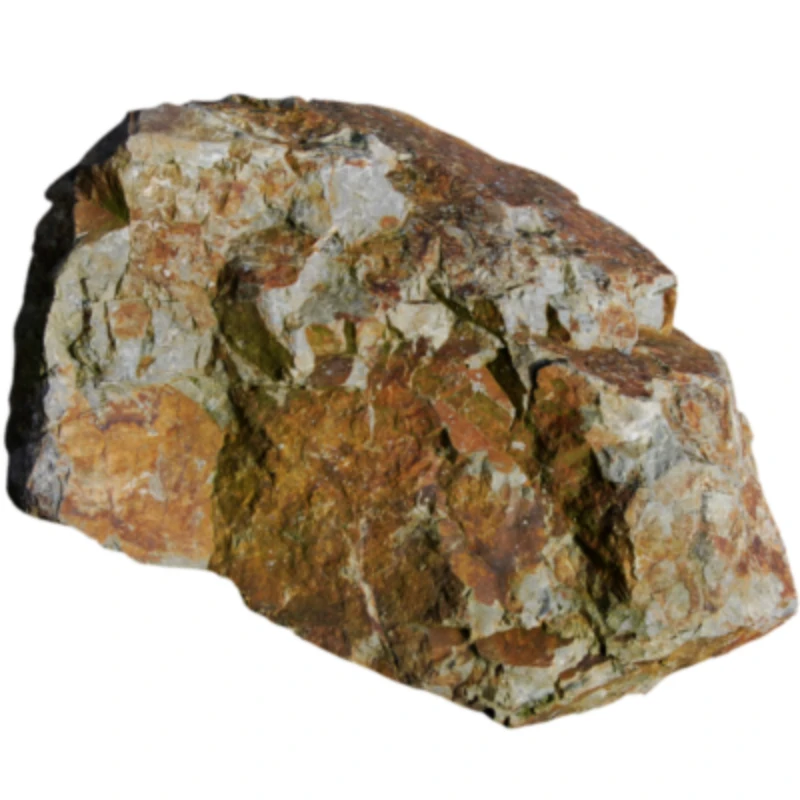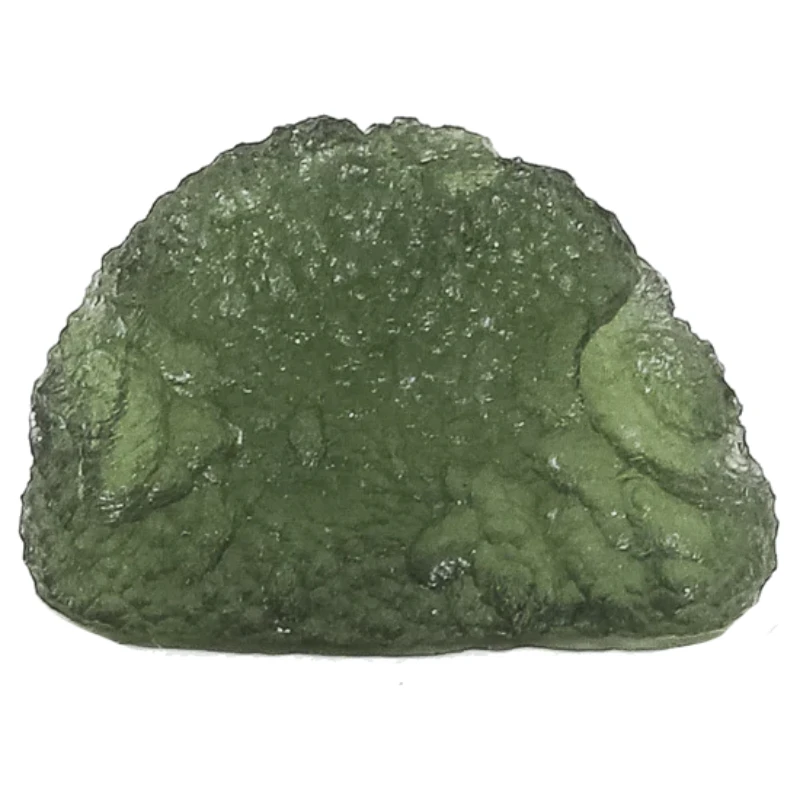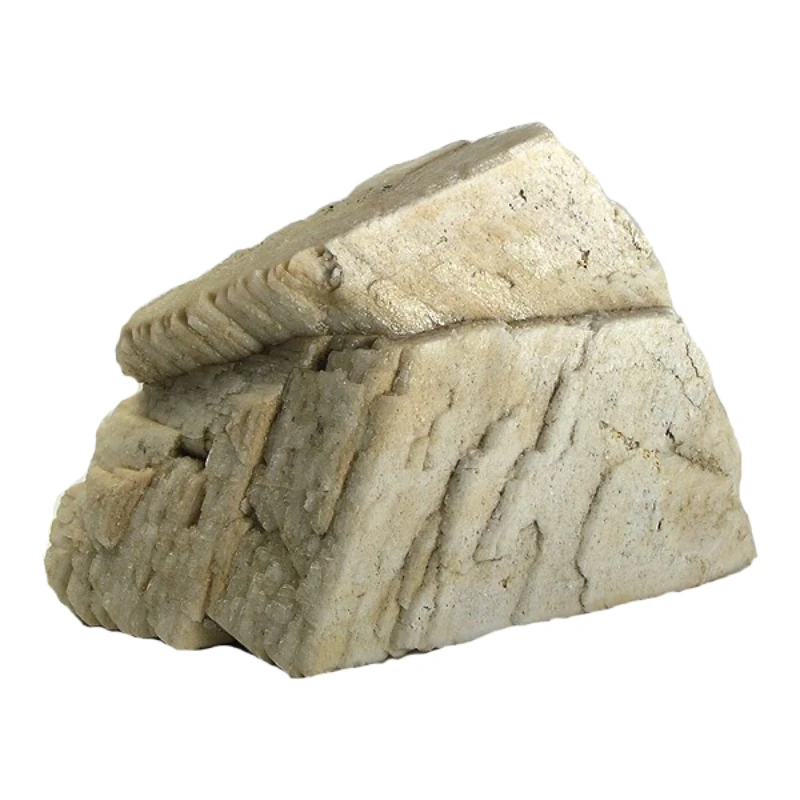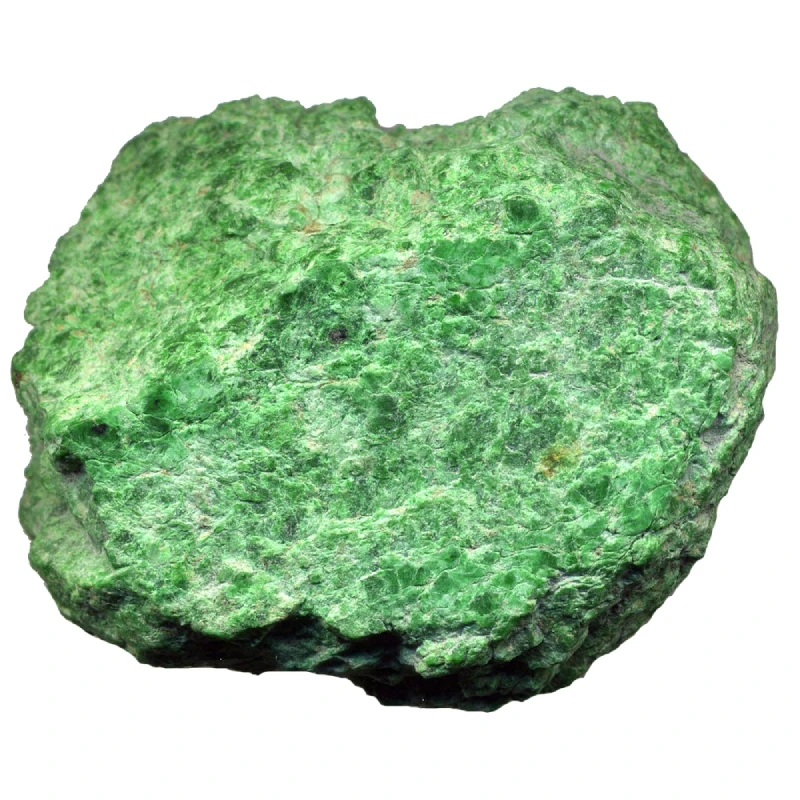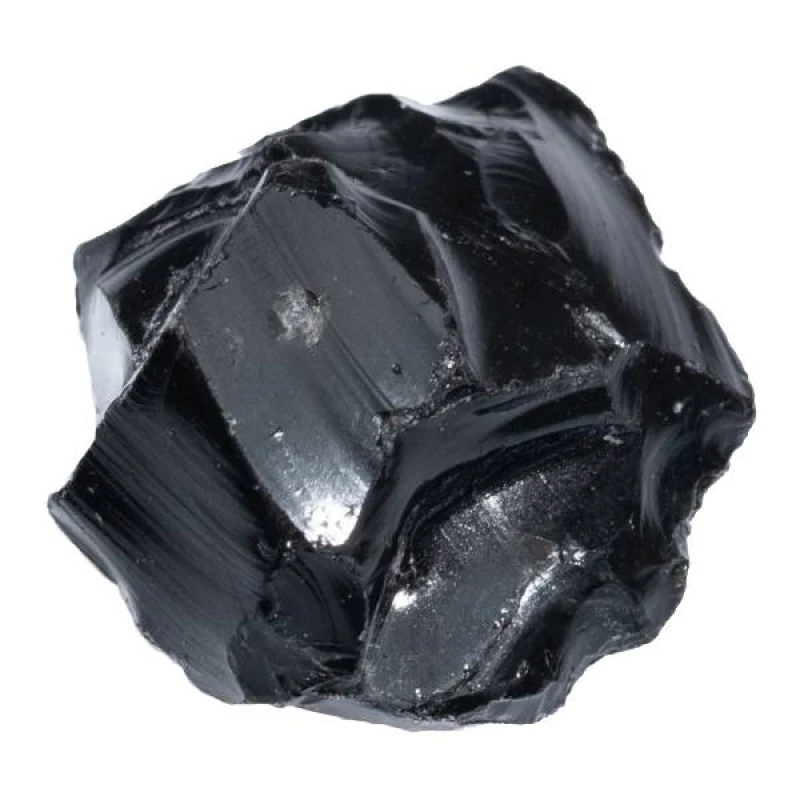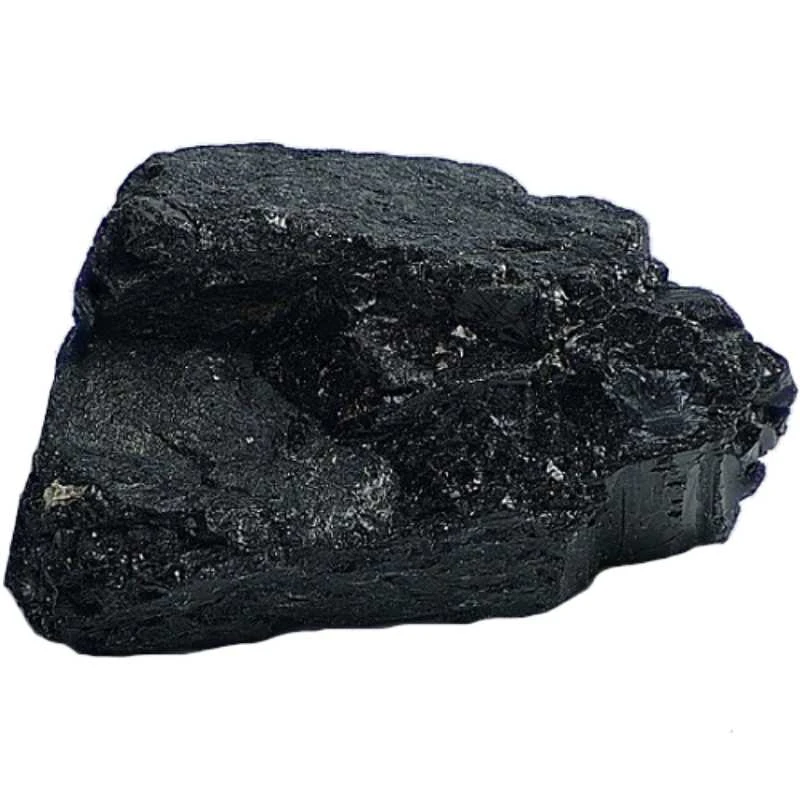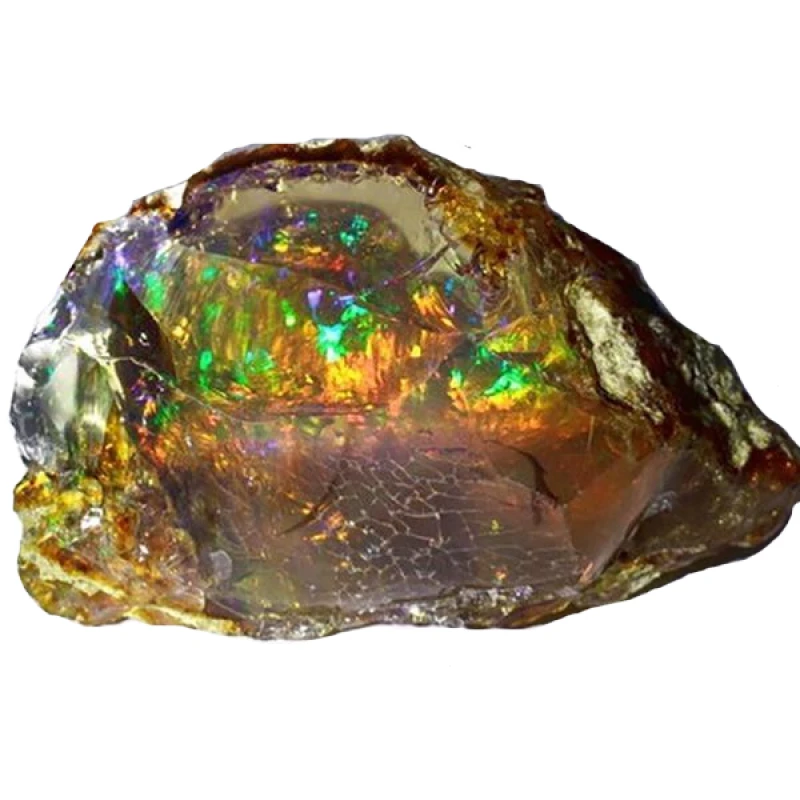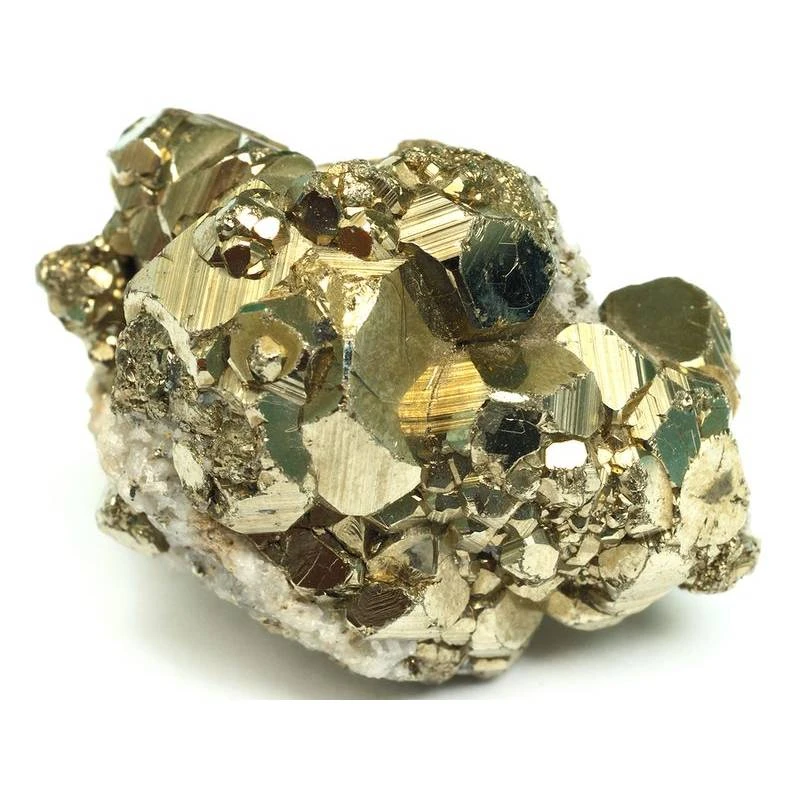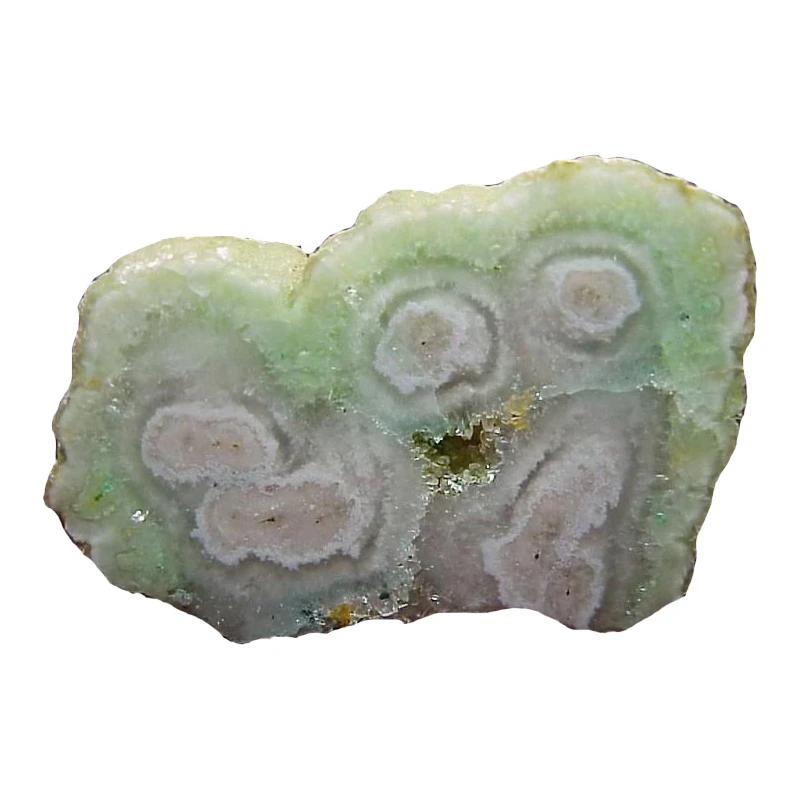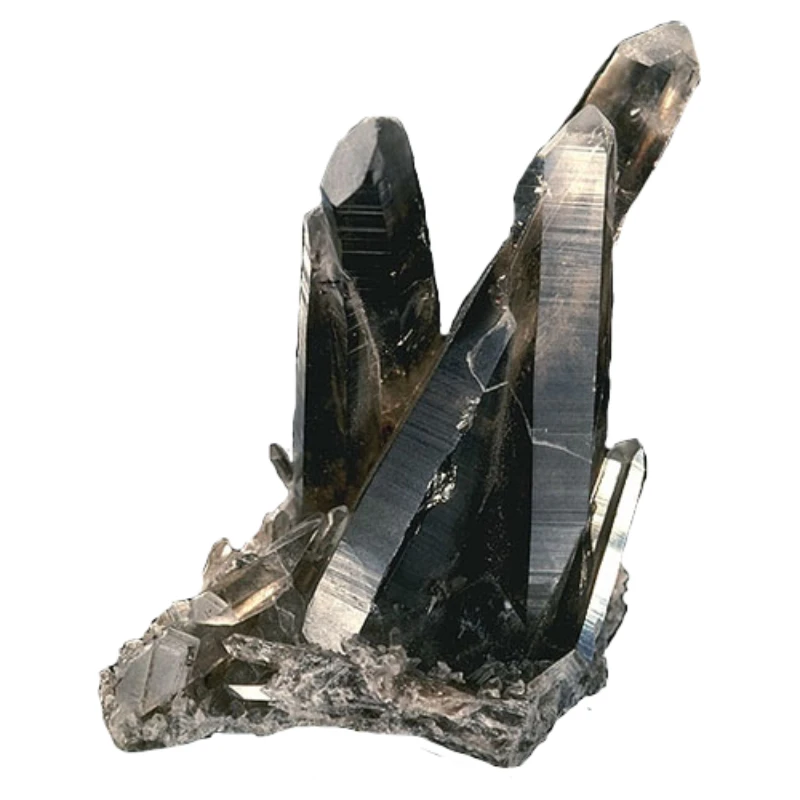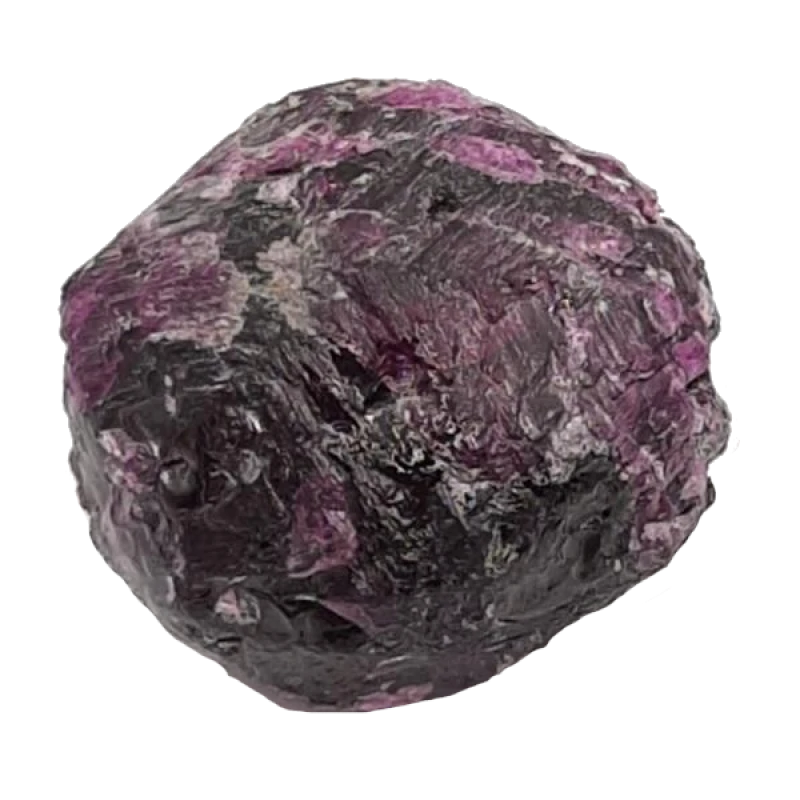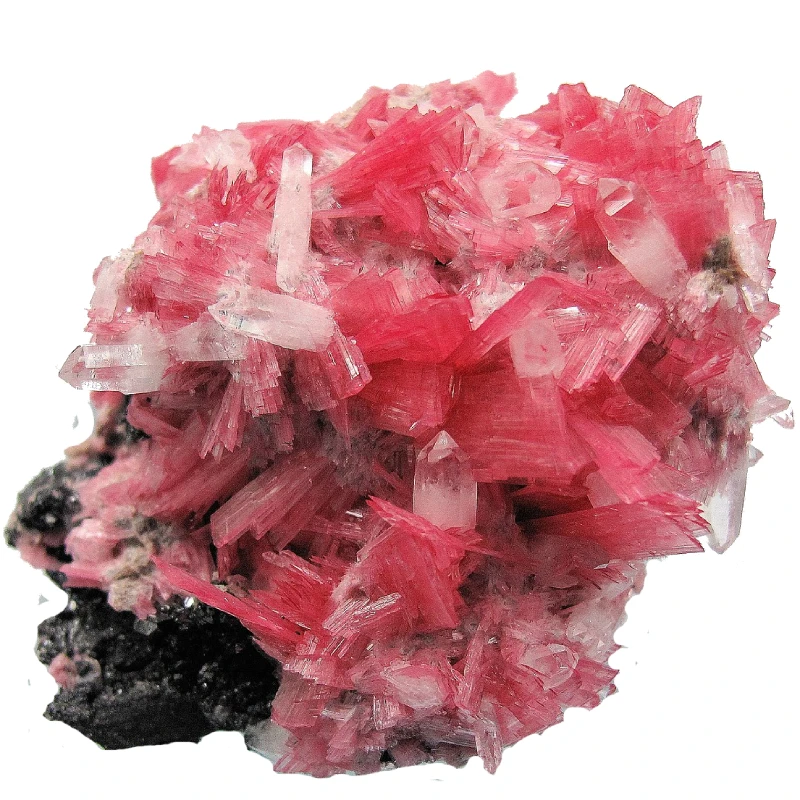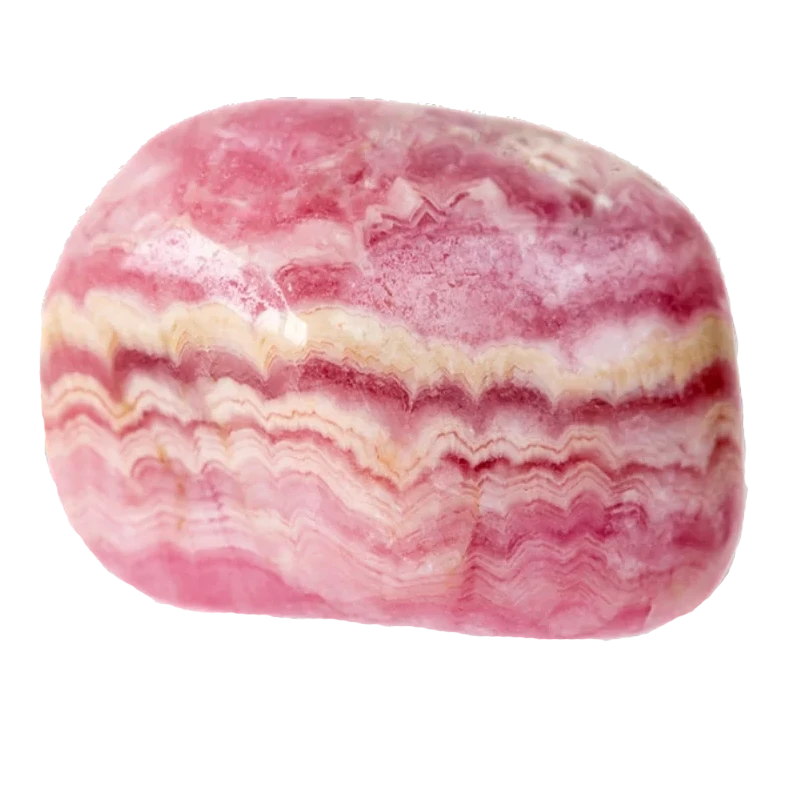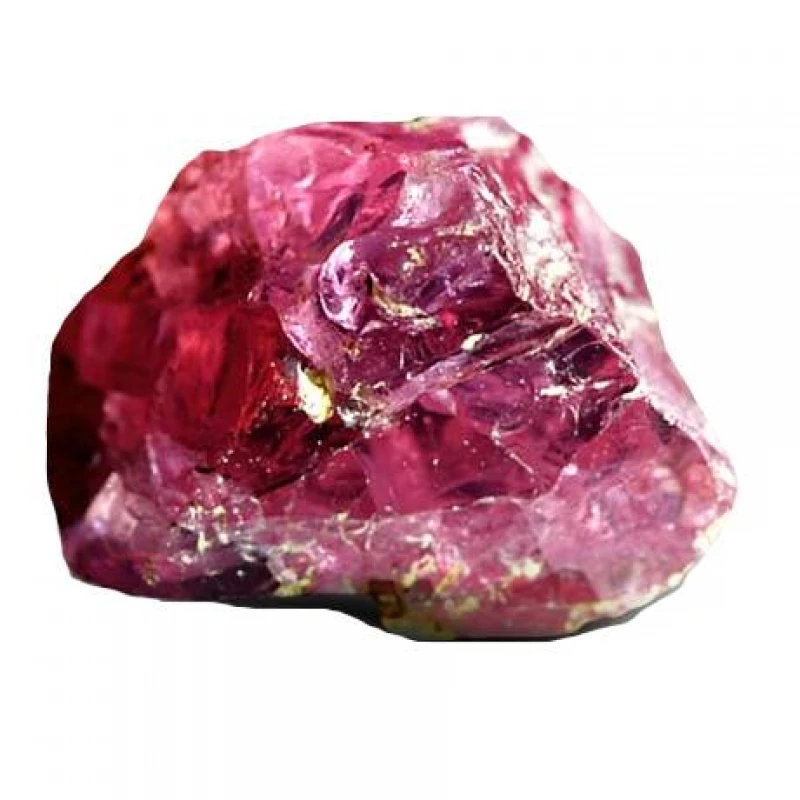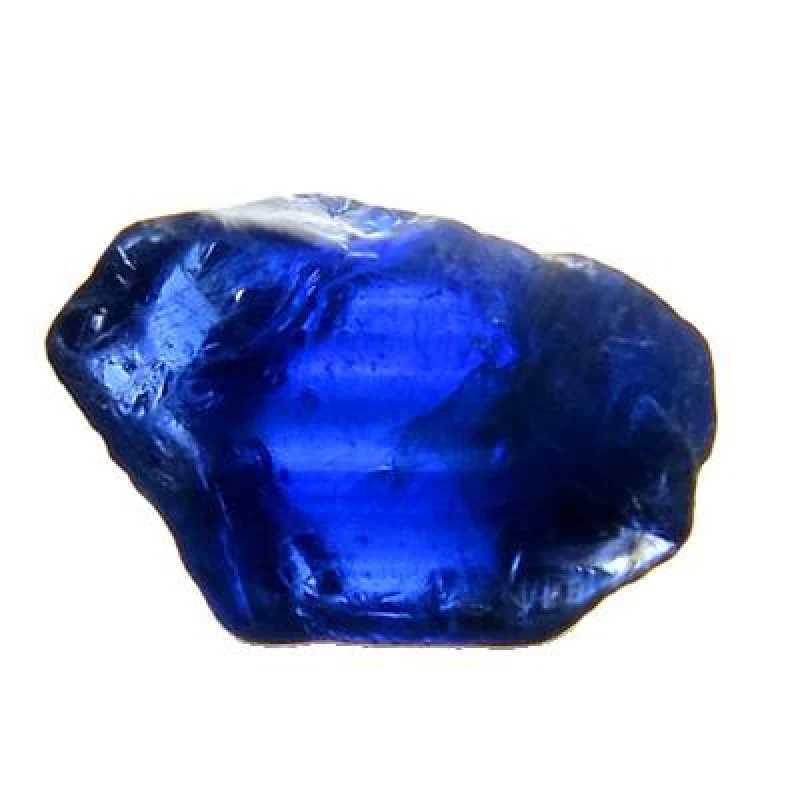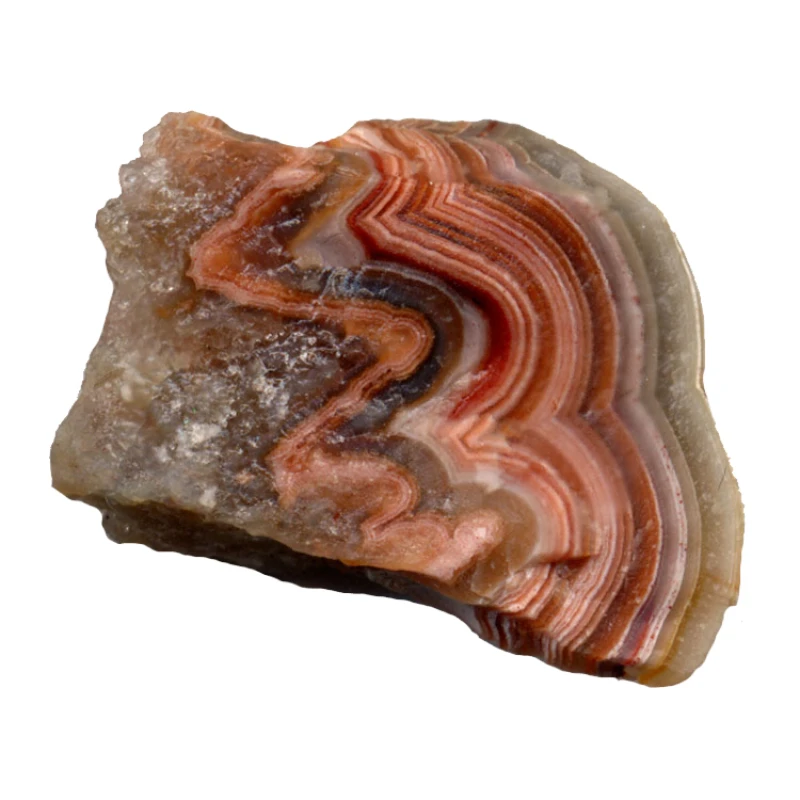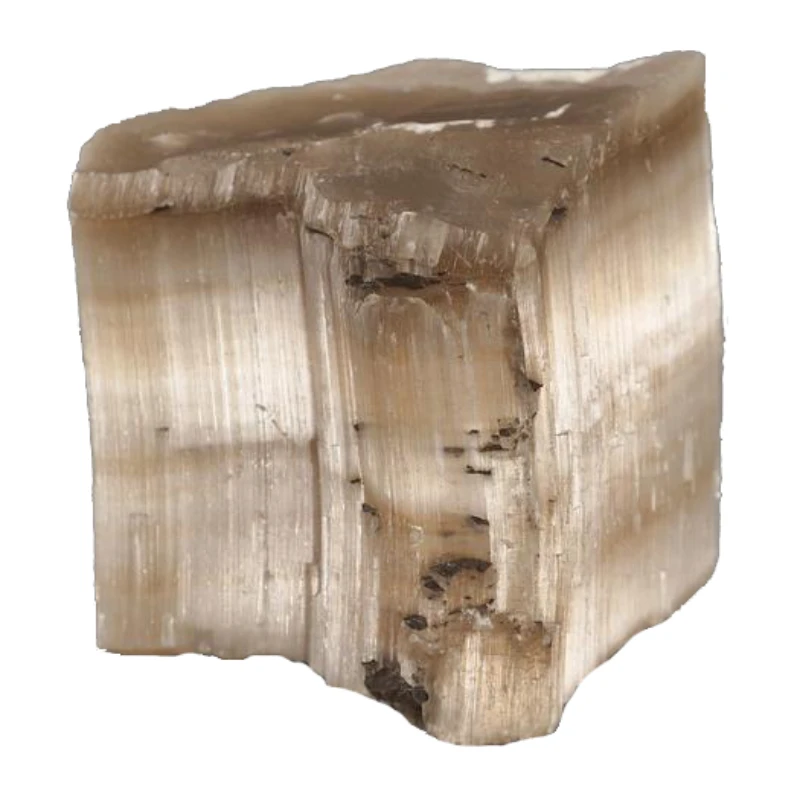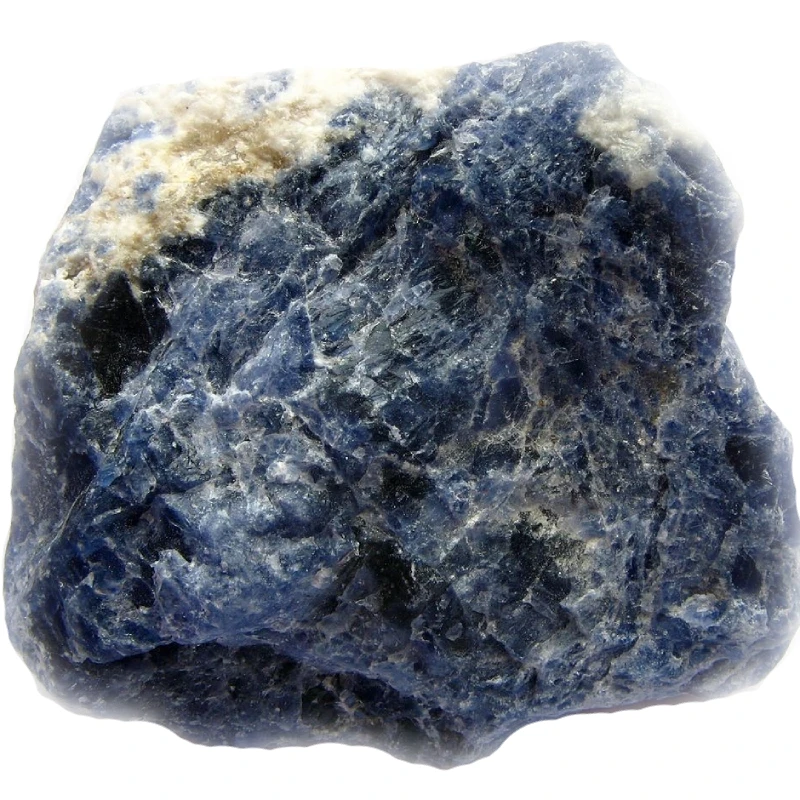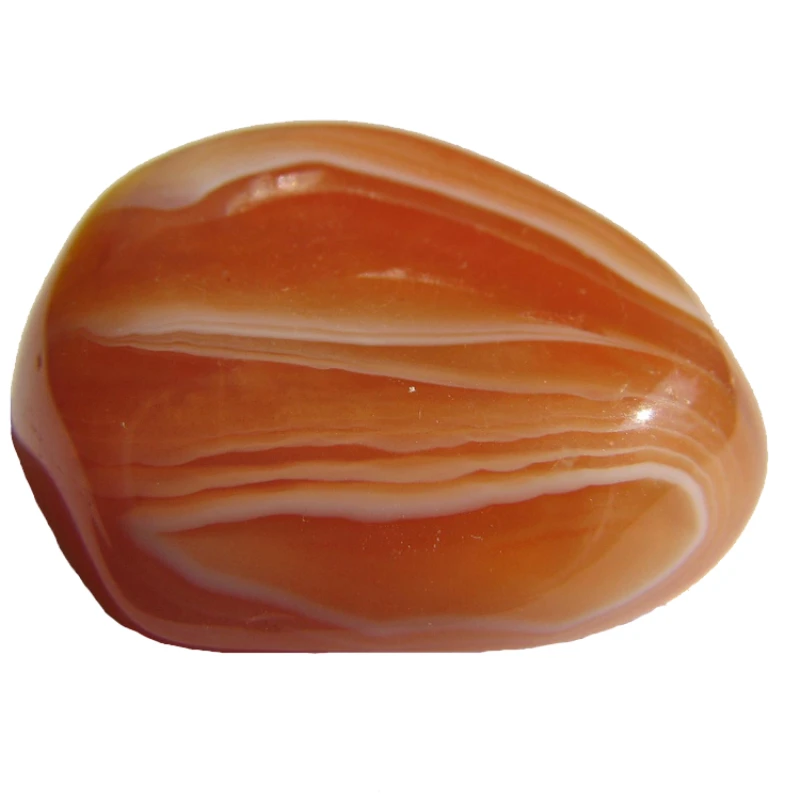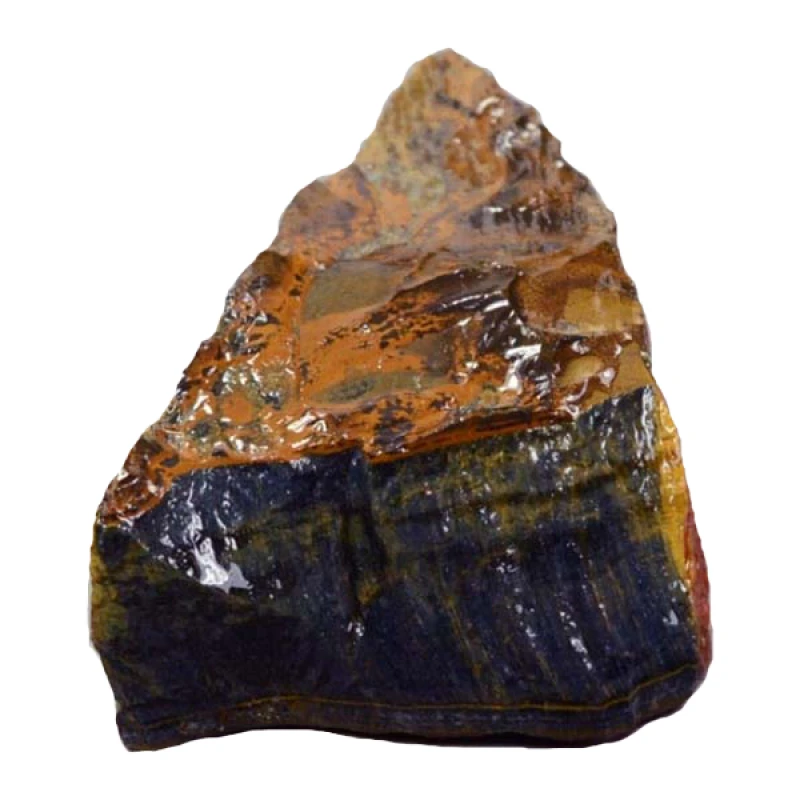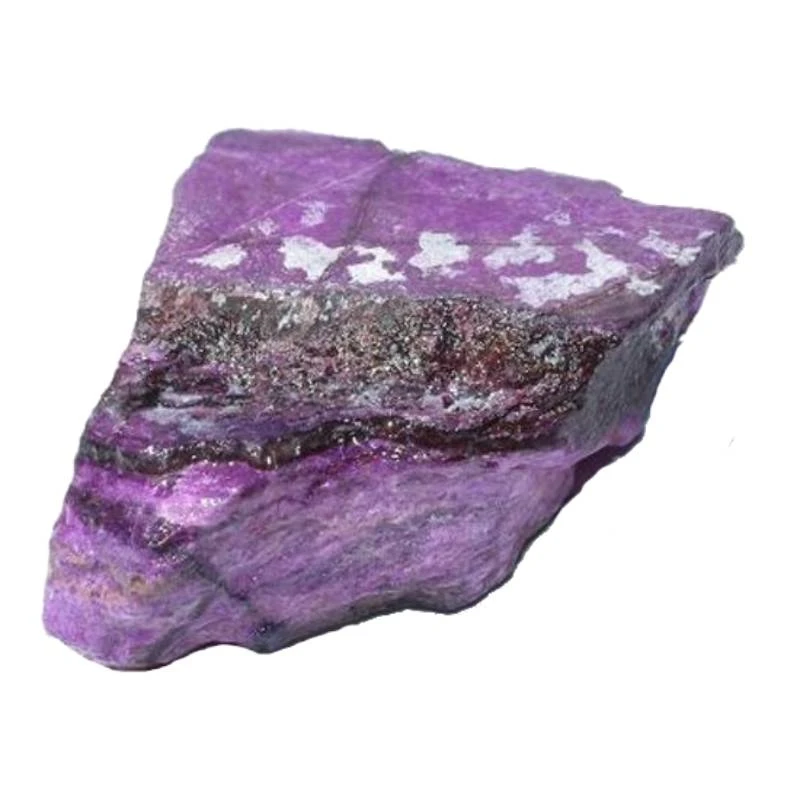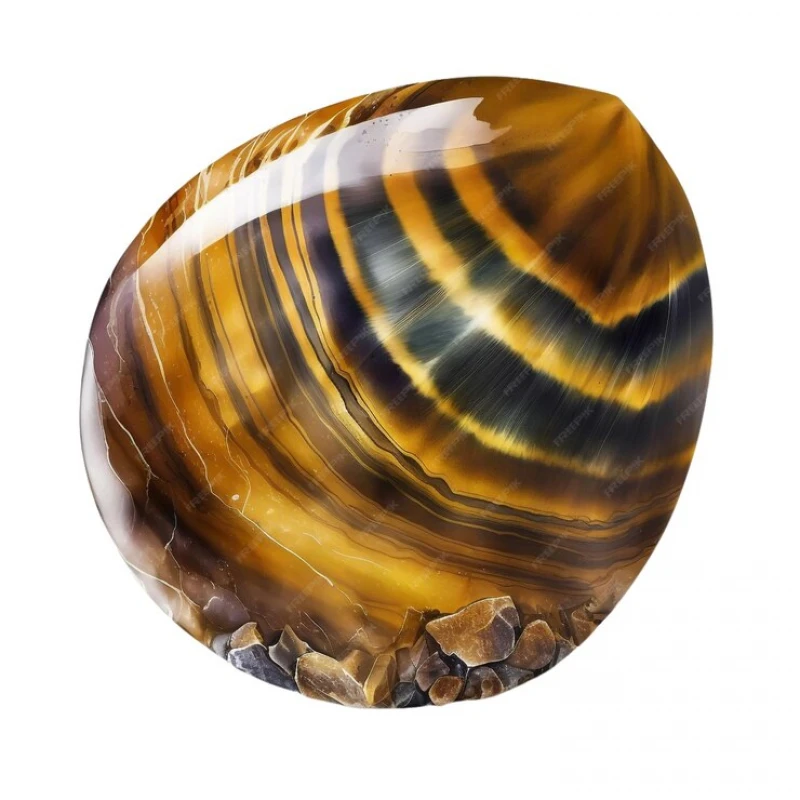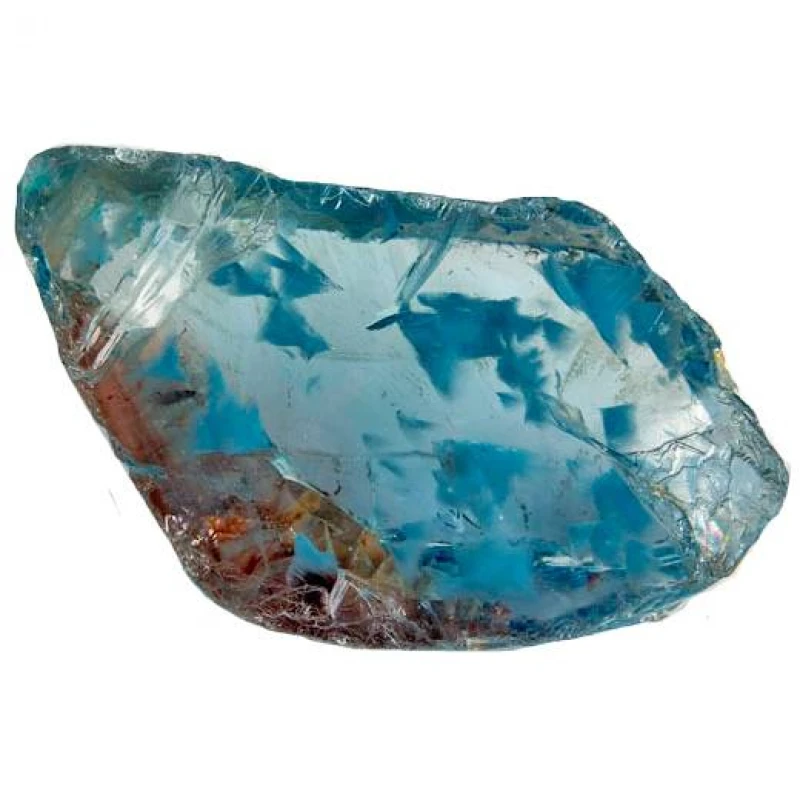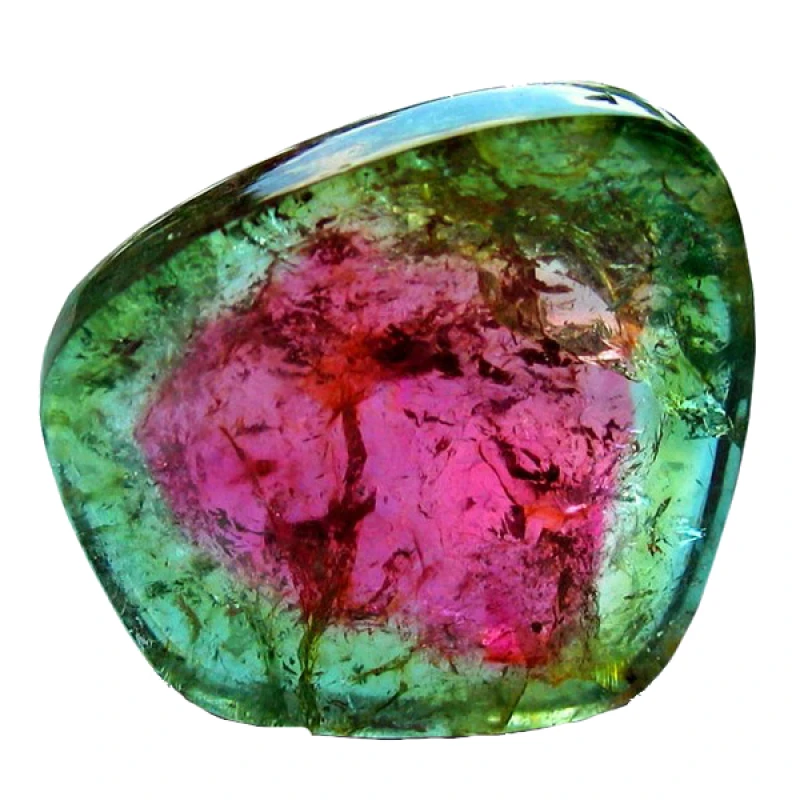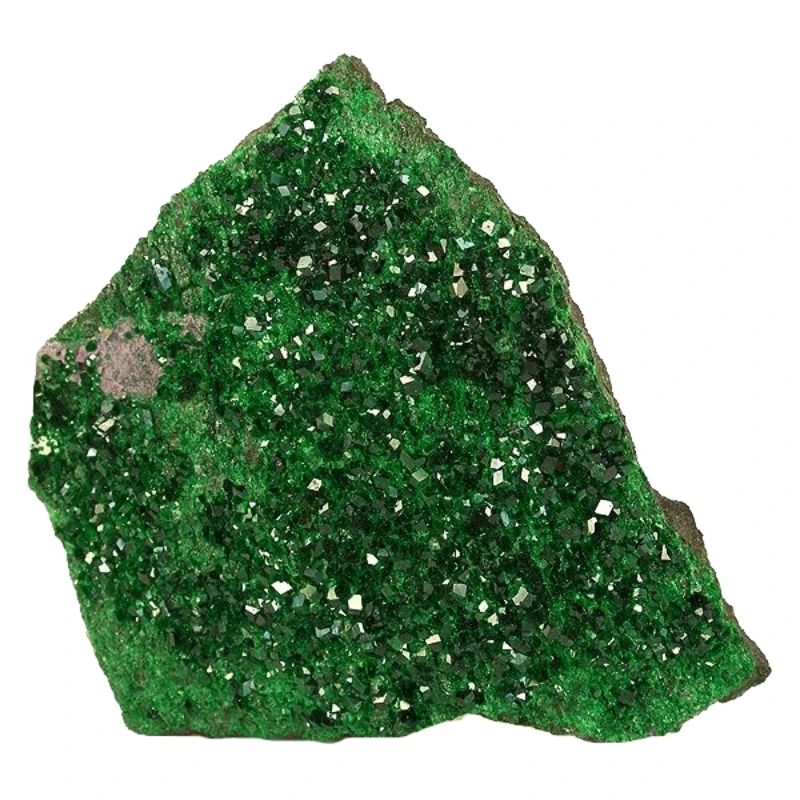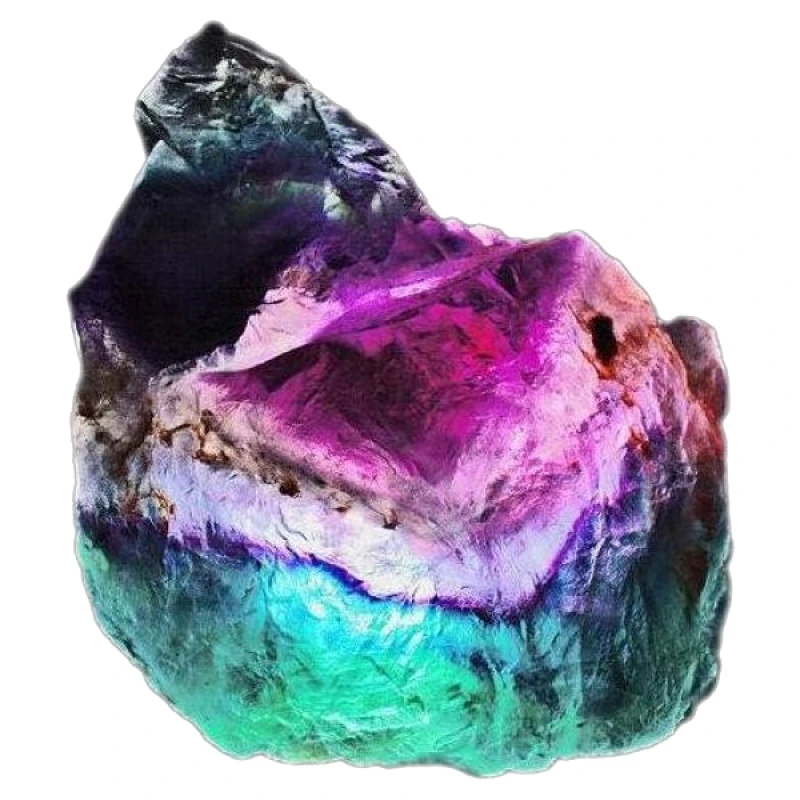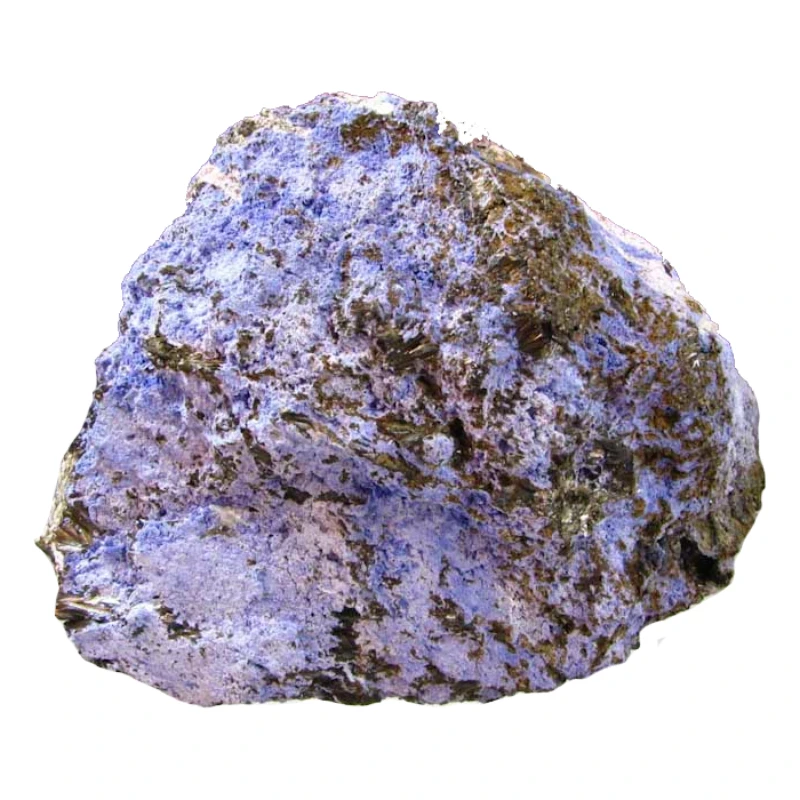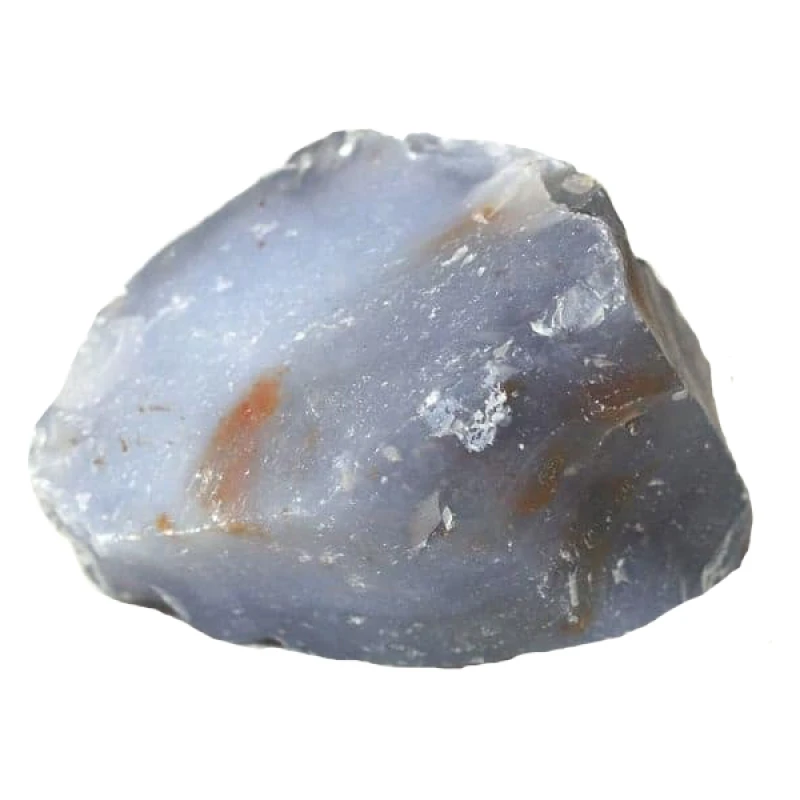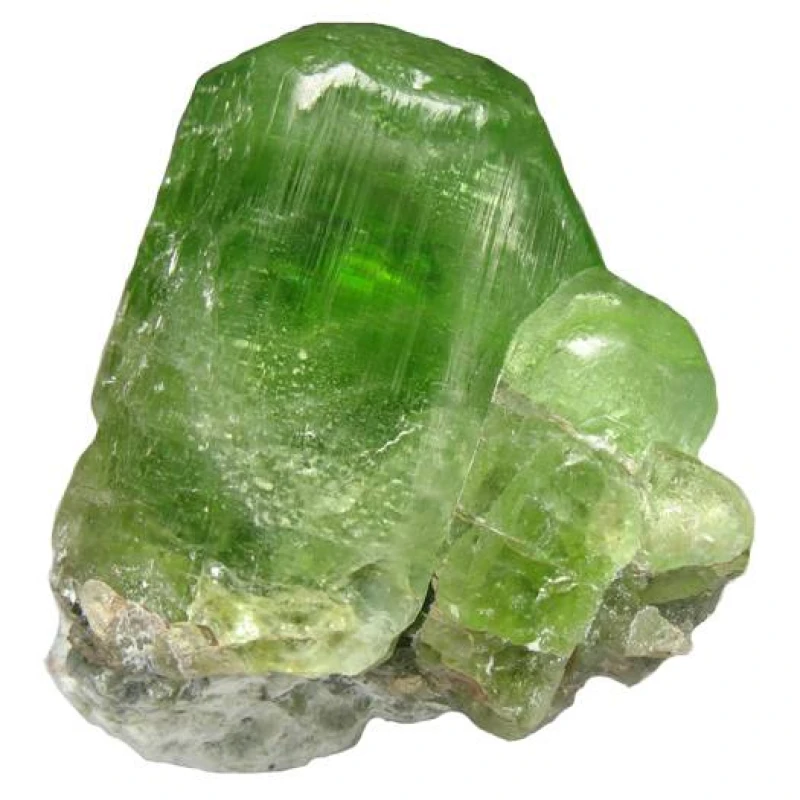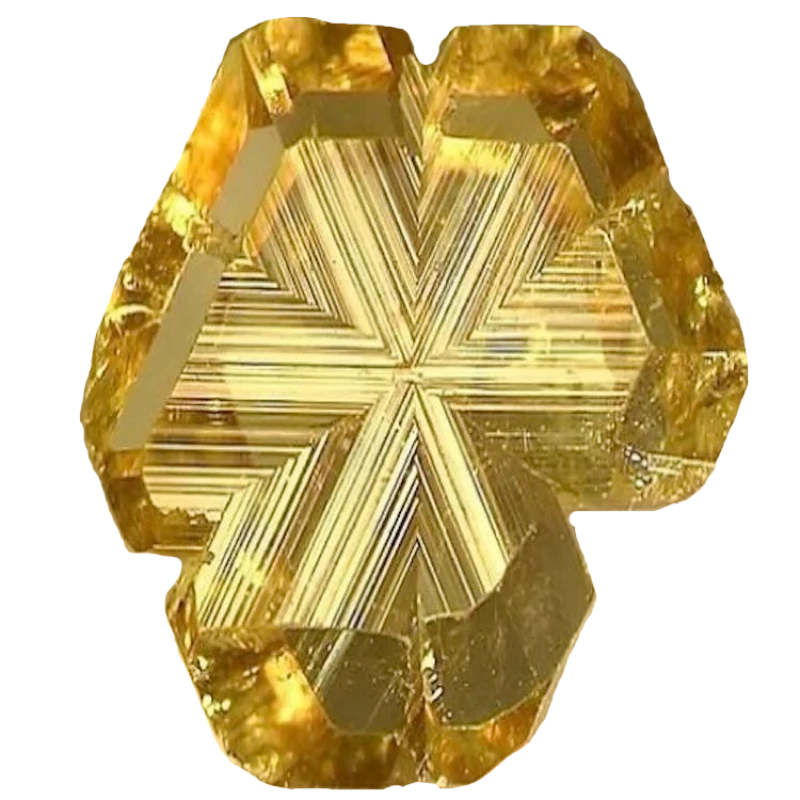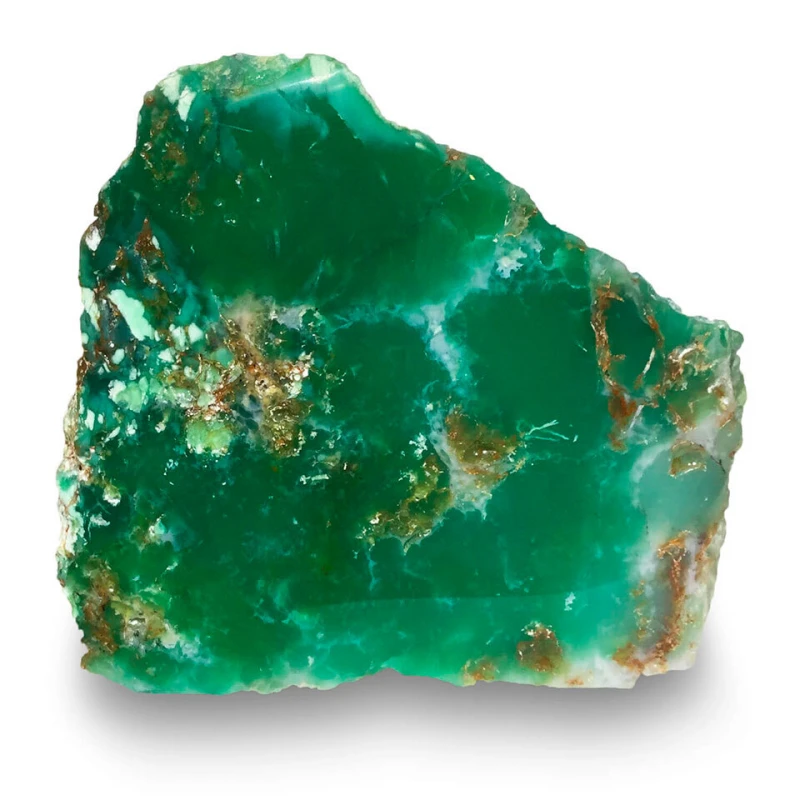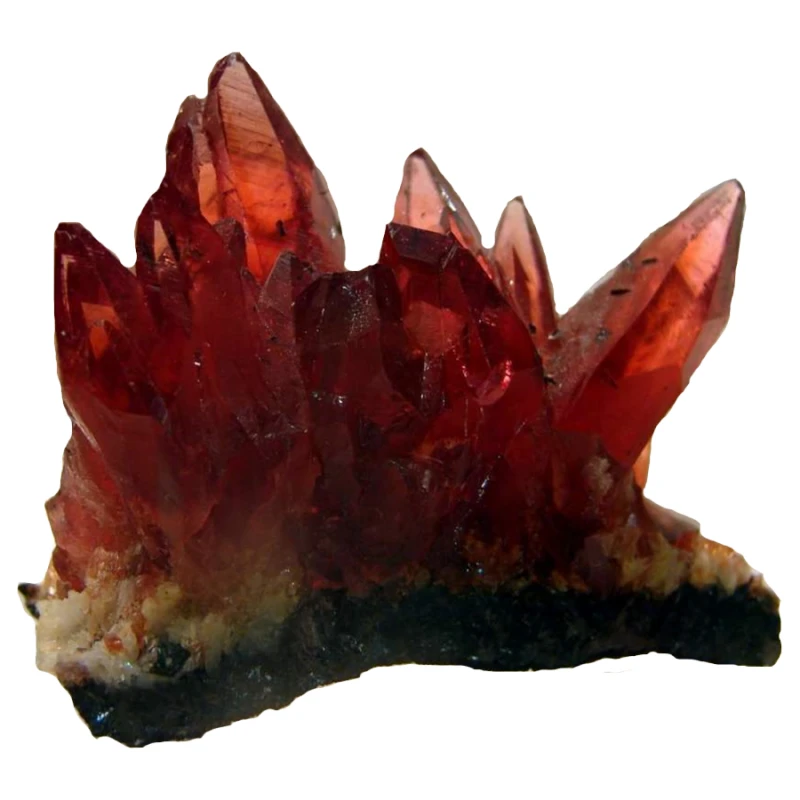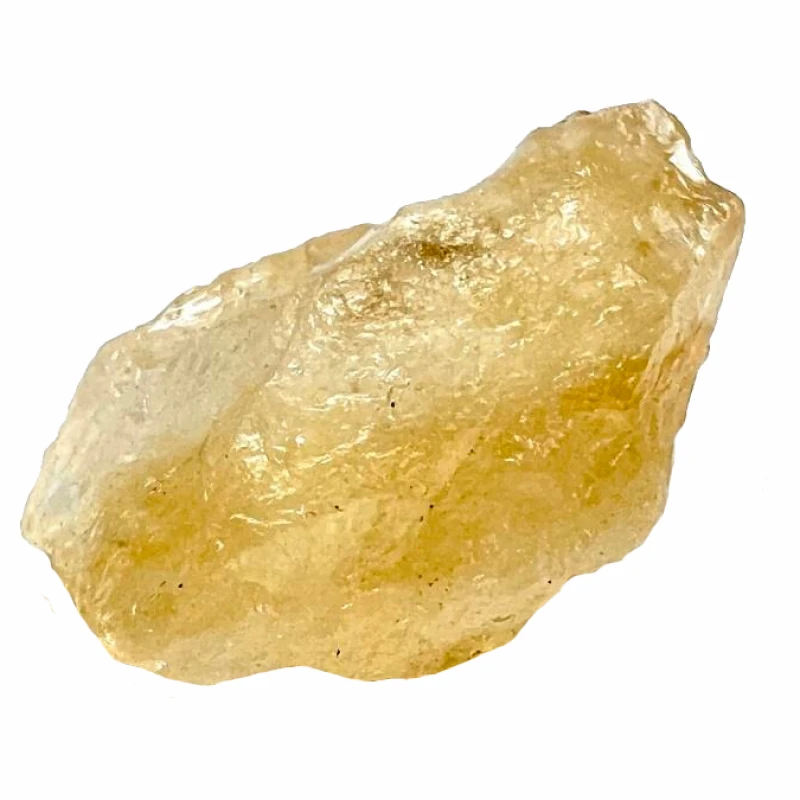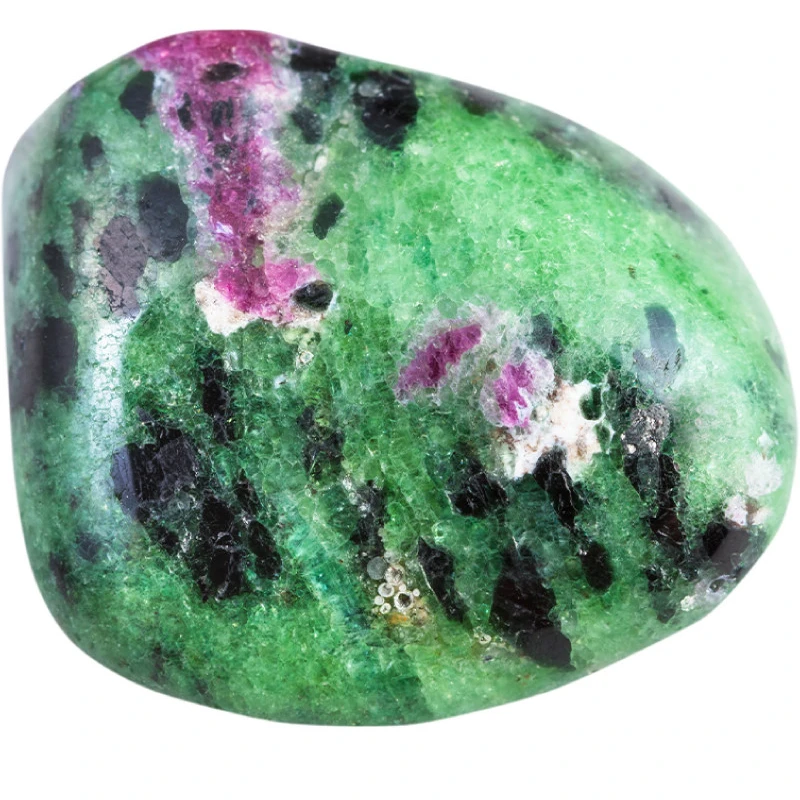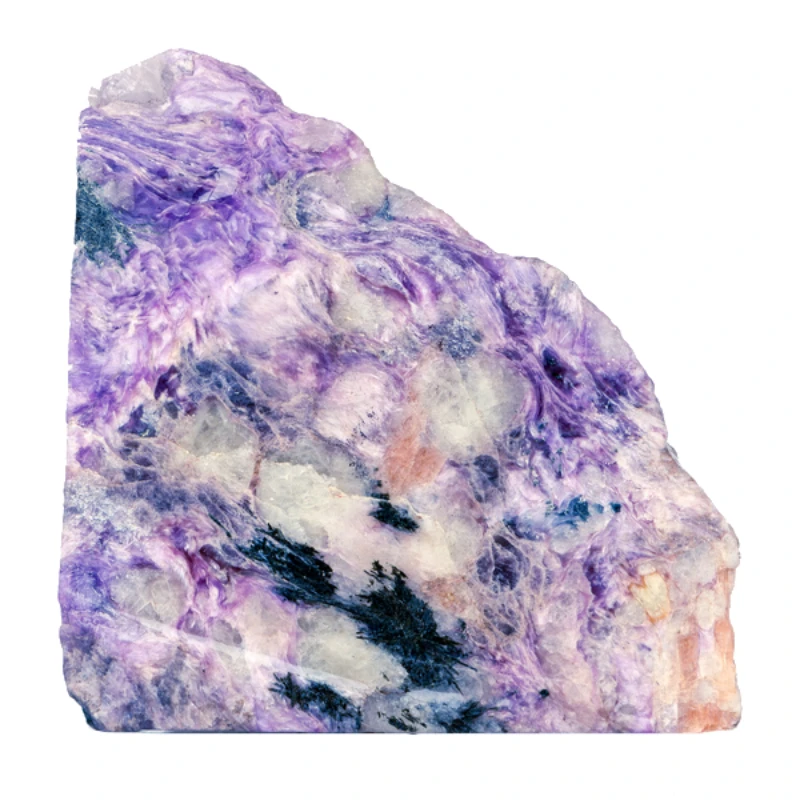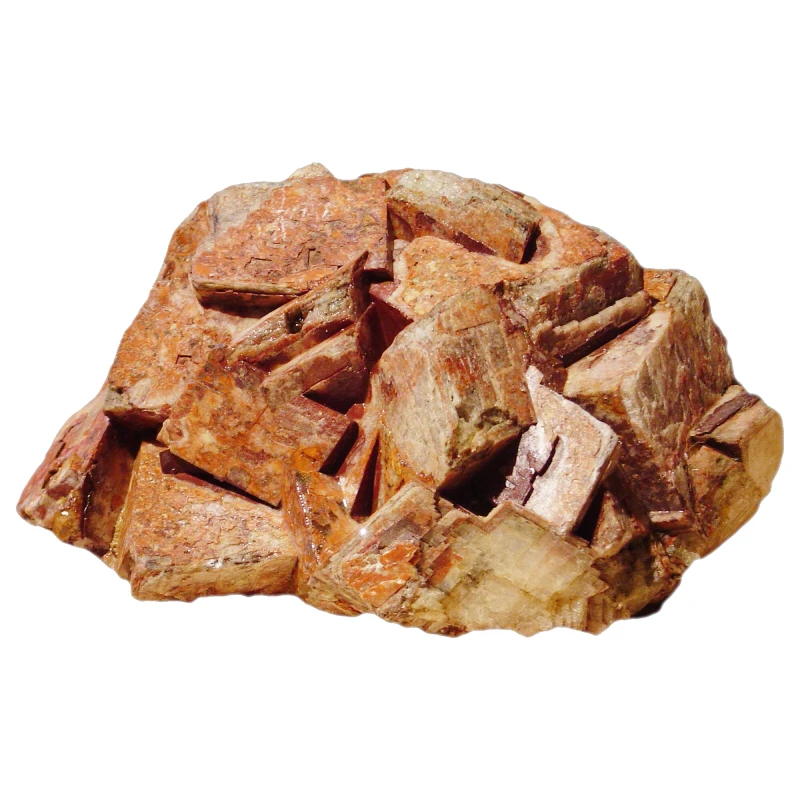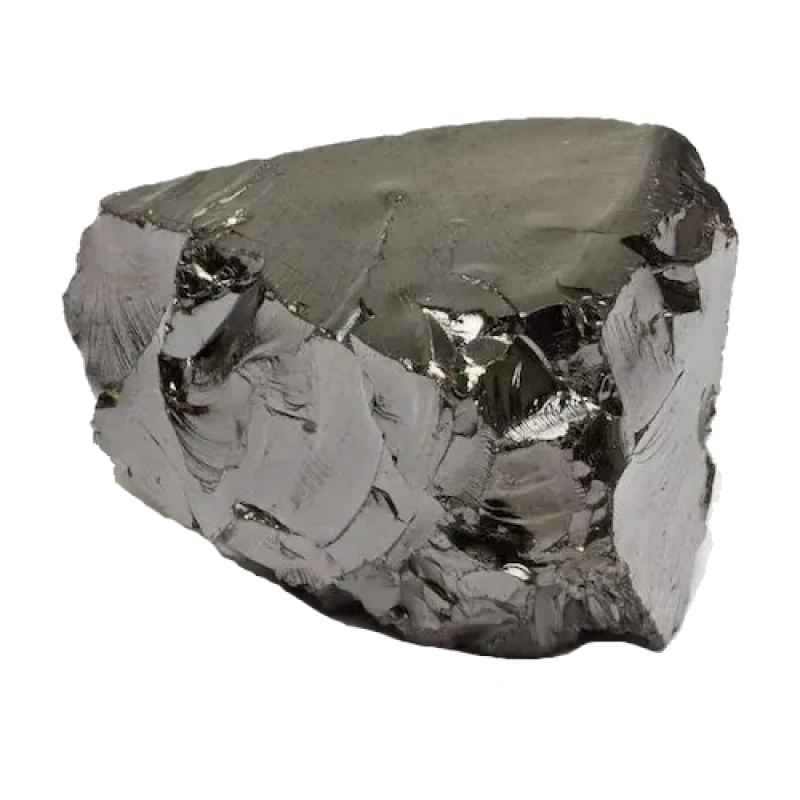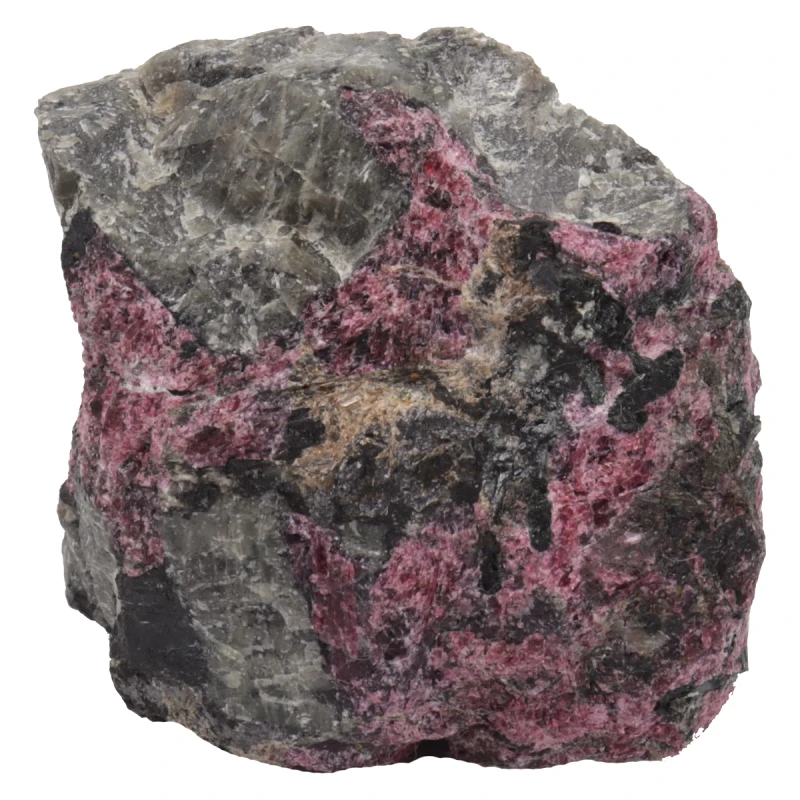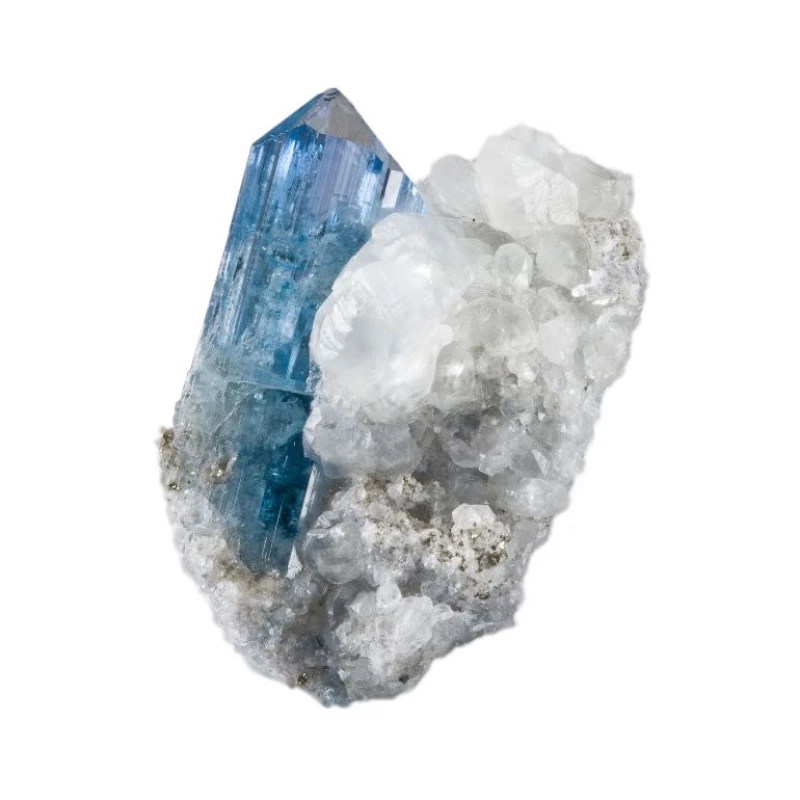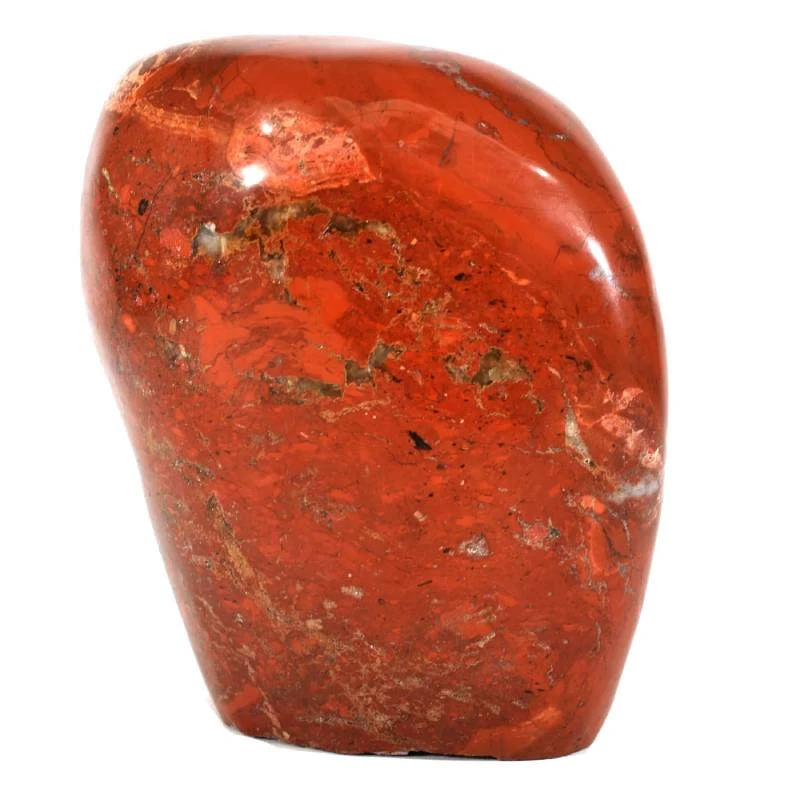Amber
Stone History

The history of amber stretches deep into antiquity. Here's a brief overview:
-
Formation: Amber is an organic substance formed from the resin of ancient coniferous trees, primarily pine, about 30–50 million years ago. When these trees were damaged, they released resin that eventually fossilized under layers of earth, water, or ice. Over time and under pressure, this resin hardened into amber.
-
Archaeological Discoveries: Amber artifacts have been found since ancient times. People were fascinated by its glowing, golden appearance, and it was widely used in jewelry, amulets, and ritual items. It was known by many names, including “Northern Gold” and “Tears of the Gods.”
-
Trade and Spread: Amber has been traded for thousands of years. It was mined in various regions, including the Baltic Sea area (the most famous source), as well as the Mediterranean, Sicily, Romania, and others.
-
Myths and Legends: Amber held mystical significance in many ancient cultures. It was often featured in myths as a magical and protective stone. Associated with the sun and gods, it was believed to bring luck and protection to its wearer.
-
Modern Use: Today, amber remains a popular material in jewelry and art. Its natural beauty and ancient origins continue to inspire designers, collectors, and spiritual practitioners.
Amber’s history is one of natural wonder, sacred symbolism, and cultural value spanning millennia.
Zodiac
Amber is associated with multiple zodiac signs but is especially suitable for:
-
Leo: Because of its warm, radiant energy, amber supports Leo's charisma, confidence, and vibrant presence.
-
Gemini: Known for communication and curiosity, Geminis benefit from amber’s supportive energy in expression and social interaction.
Amber is also considered beneficial for all signs, as its energy is gentle and universally healing.
However, some sources suggest it is not recommended for Taurus, due to potential energetic mismatch.
Element
Amber is traditionally associated with the Earth element, reflecting its organic origin and deep connection to nature and the ground where it formed.
However, because of its warmth and radiant color, amber is also linked to the Fire element, which symbolizes vitality, energy, and solar power. Thus, amber may be seen as combining Earth’s grounding energy with Fire’s warmth and vitality.
Planet
In astrology, amber is often associated with the Sun, representing light, life force, individuality, and expression. Its golden glow and ability to "shine" energetically mirror the qualities of the Sun.
Amber is also linked to Jupiter, the planet of abundance, wisdom, and expansion.
Colors
Amber occurs in a variety of shades depending on composition and inclusions:
-
Yellow: The most common color, ranging from pale lemon to rich golden honey.
-
Orange: Found in warm, soft to vivid shades.
-
Red: A rarer type known as “cherry amber,” sometimes created through heat treatment or naturally formed.
-
Brown: Due to organic matter or oxidation, some amber takes on a darker brown hue.
-
Green: Known as “green tree” amber, often contains plant or earth inclusions that create a greenish tint.
-
White / Clear: Some stones are light, milky, or even transparent, especially after polishing or treatment.
Each piece of amber is one-of-a-kind, adding to its value and charm in jewelry and collecting.
Chakra
Amber is traditionally associated with the Solar Plexus Chakra (Manipura), located in the upper abdomen and linked to personal power, self-worth, and vitality. Amber’s influence on this chakra includes:
-
Boosting Personal Power: Amber’s solar energy strengthens self-confidence, inner strength, and a positive self-image.
-
Digestive Support: Manipura governs digestion, and amber may help energize this area, supporting physical health and well-being.
-
Attracting Abundance and Success: Its vibrant energy is believed to help manifest goals, bring prosperity, and encourage forward movement.
-
Stress Relief: Amber has soothing qualities that help ease anxiety, tension, and emotional stress.
-
Enhancing Self-Worth: Encourages self-acceptance, self-value, and inner empowerment.
When using amber for chakra work, especially Manipura, it’s important to be mindful and aligned with your personal goals and intentions.
Magical Properties
Amber has long been valued for its magical properties. Some of the most recognized include:
-
Protection: Known as a powerful amulet, amber wards off negativity and protects the wearer from harm, psychic attacks, and ill intentions.
-
Healing: Used for physical and energetic healing, it strengthens the immune system, relieves pain, and promotes vitality. It is often used in treatment for digestive issues and general wellness.
-
Energizing: With its solar nature, amber boosts energy, willpower, and inner strength. It supports manifestation, motivation, and success.
-
Attracting Luck and Prosperity: Considered a talisman for good fortune and abundance, it invites positive change and opportunity.
-
Supporting Psychic Abilities: Enhances spiritual connection, intuition, and psychic insight, such as clairvoyance and foresight.
-
Emotional Balance: Amber calms the mind, reduces fatigue, and brings emotional stability, uplifting mood and boosting confidence.
Note: As with all crystals, magical properties are subjective and should be used with intention and awareness.
Healing Properties
Historically, amber has been widely used in folk and natural medicine. Here are some of its potential healing benefits:
-
Immune Support: Amber contains trace natural oils that may benefit immunity. Its energetic properties are said to strengthen the body’s defenses.
-
Pain and Inflammation Relief: Often used for muscle, joint, and teething pain, amber may reduce discomfort and inflammation.
-
Digestive Aid: Traditionally linked to gut health, amber is used to ease indigestion, heartburn, and other gastrointestinal issues.
-
Improved Sleep: Its calming energy promotes relaxation and may help relieve insomnia and stress-related sleep disturbances.
-
Energetic Cleansing and Renewal: Amber purifies the aura, removing stagnant or negative energy, and brings in fresh, revitalizing energy.
-
Skin Health: Amber is used to support skin regeneration and softness. It’s also used in cosmetic products for its soothing and restorative effects.
These benefits are based on metaphysical traditions and are not a substitute for professional medical care.
Mining Locations
Amber is found around the world, with the most famous deposits located in:
-
Baltic Sea (Kaliningrad Amber Basin): The world’s largest amber reserve is in the coastal region of Kaliningrad, Russia, also spanning into Poland and Lithuania.
-
Mexico: Particularly in the Chiapas region near the city of Simojovel, known for its high-quality and richly colored amber.
-
Dominican Republic: Especially on Hispaniola Island, producing amber with reddish hues and rare fossil inclusions.
-
Poland: A leading global source, especially in the northern coastal Pomeranian Voivodeship.
-
Belarus: Smaller deposits exist near the Issa River and around the town of Lyakhovichi.
Other countries with known amber sources include Ukraine, Italy, Kenya, Brazil, and others.
Other articles in this section
